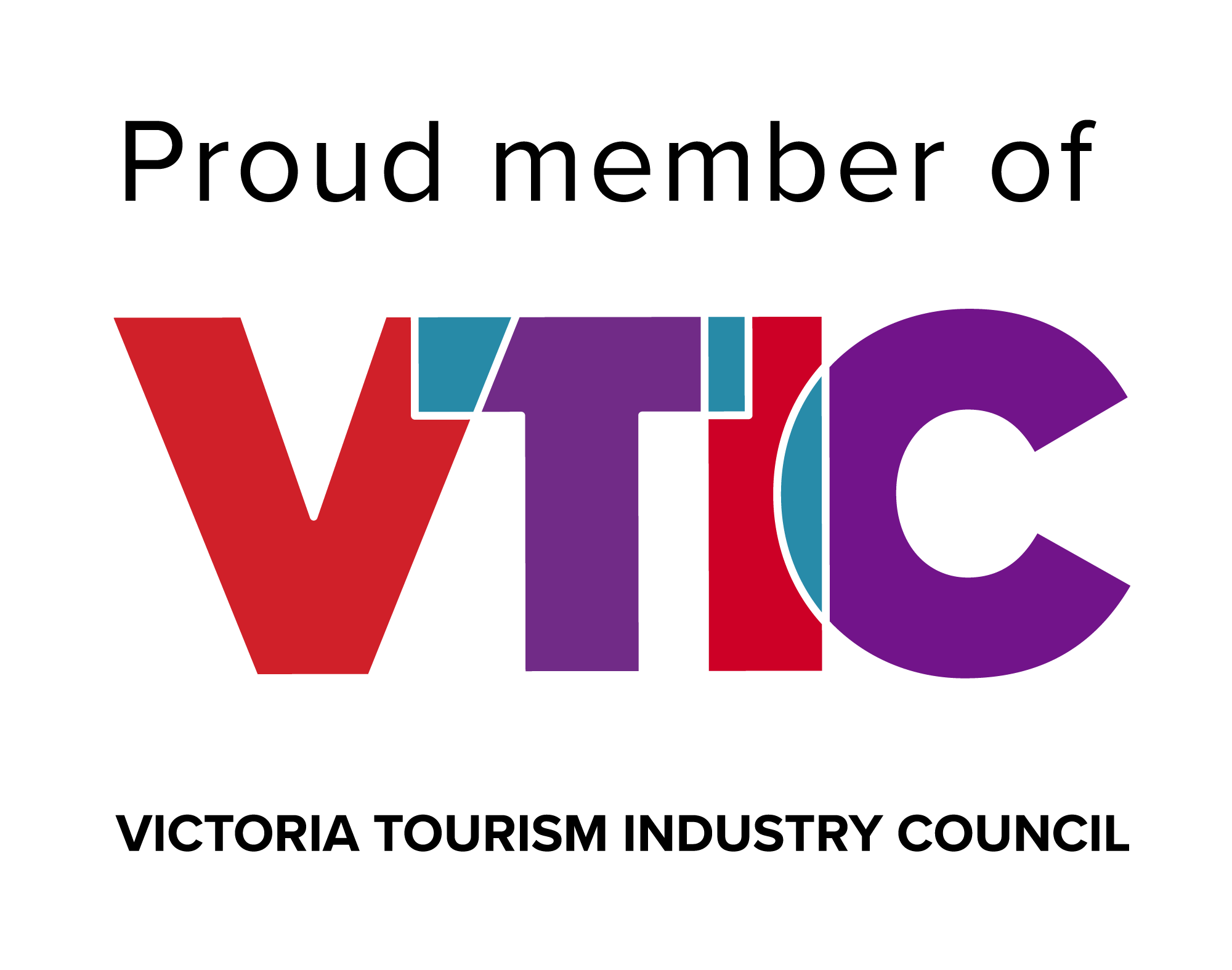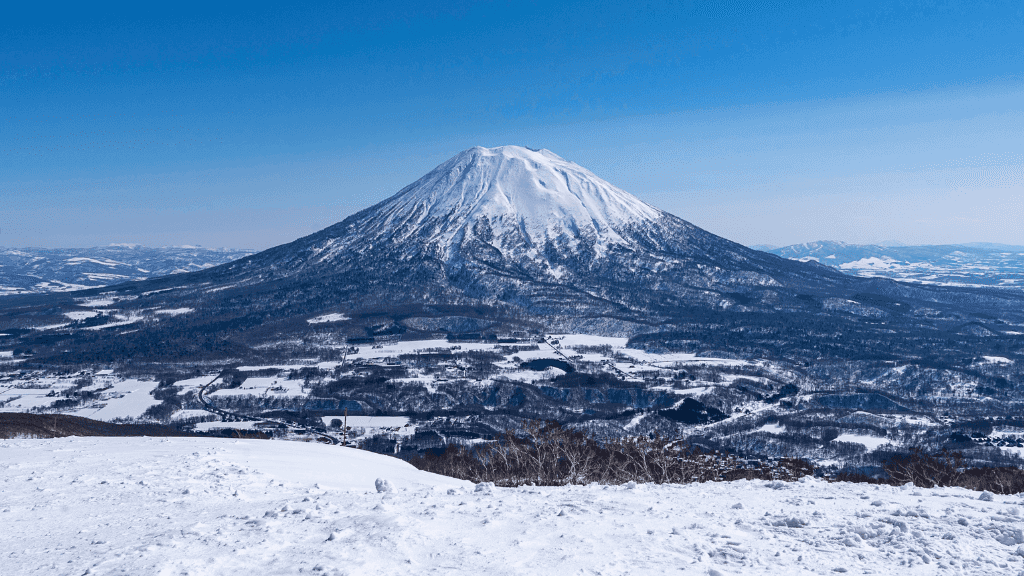
Japanese Winter Wonders | 11 Days of Shrines, Snow Monkeys & Onsen Steam
📍Japan | Guided | All Essentials ✅
Neon nights, Fresh snow and Kyoto’s temple glow, Osaka’s food lanes and Nagano’s red-faced snow monkeys.
Hand-roll sushi, walk Fushimi-Inari at dawn, try Kendo in a historic dojo, then thaw in cosy baths. Finish with farewell karaoke—or add a three-day Hakuba ski extension for extra powder.
Tokyo > Tokyo
Moderate
Age | 18 - 45
200% CO₂ Offset
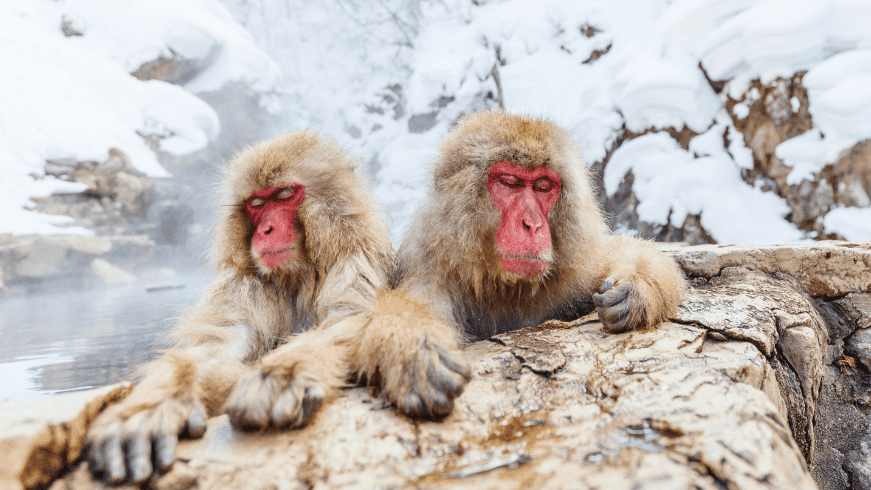
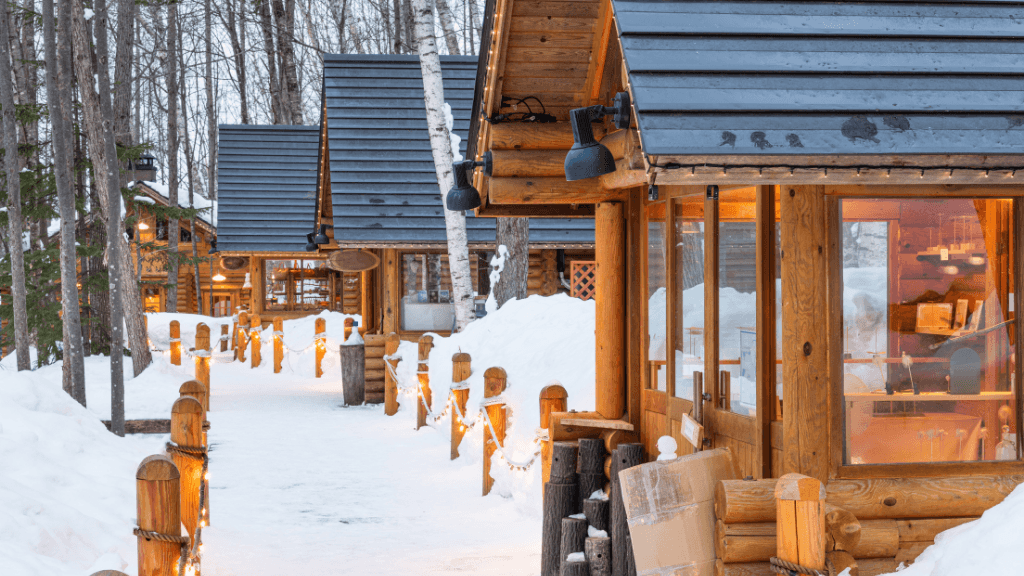
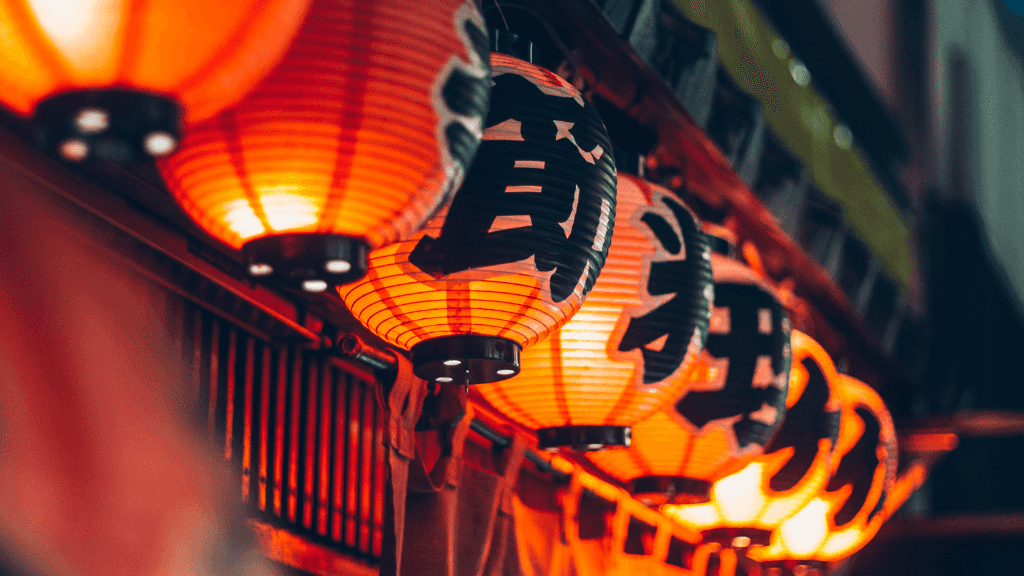
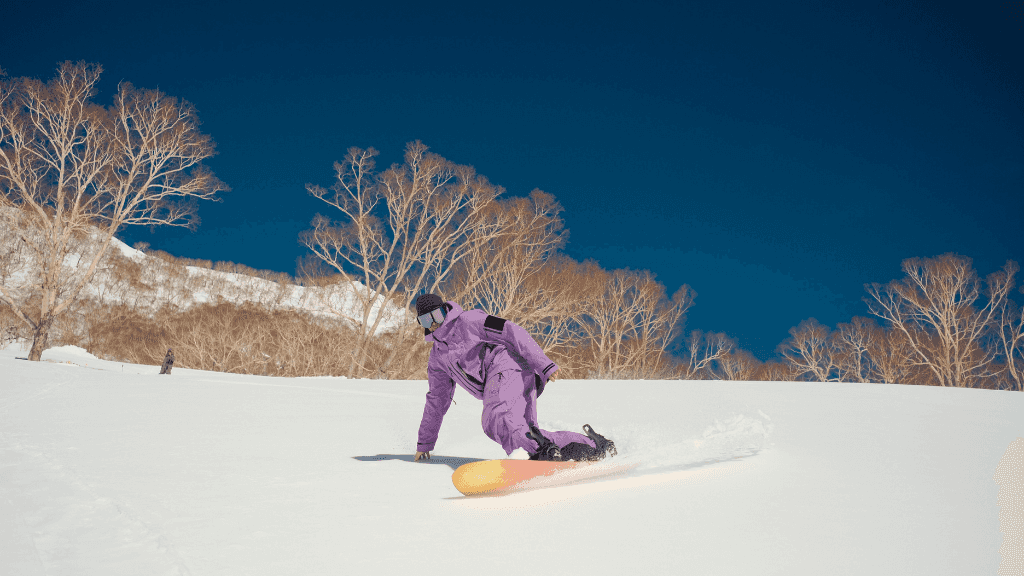
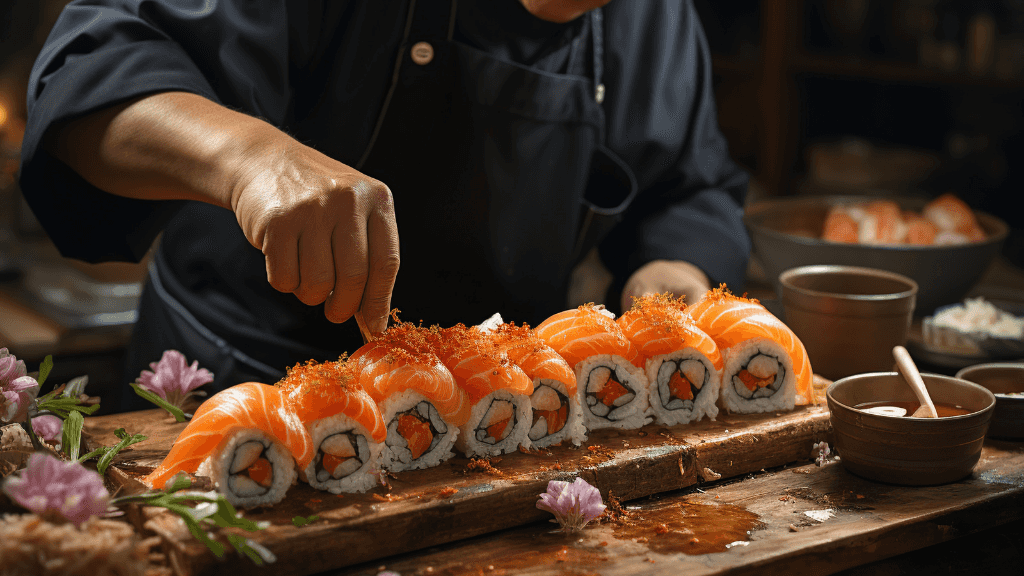

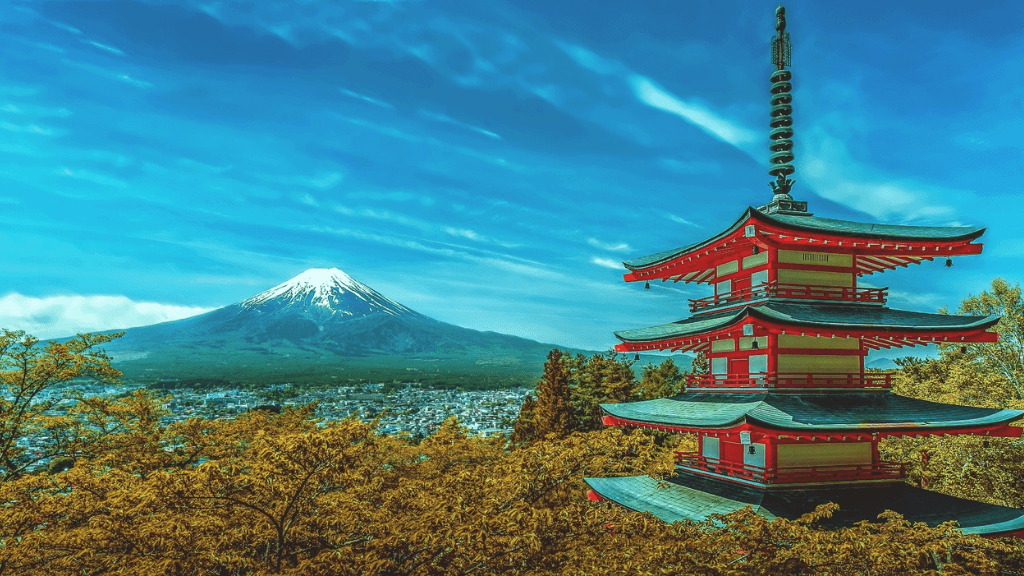
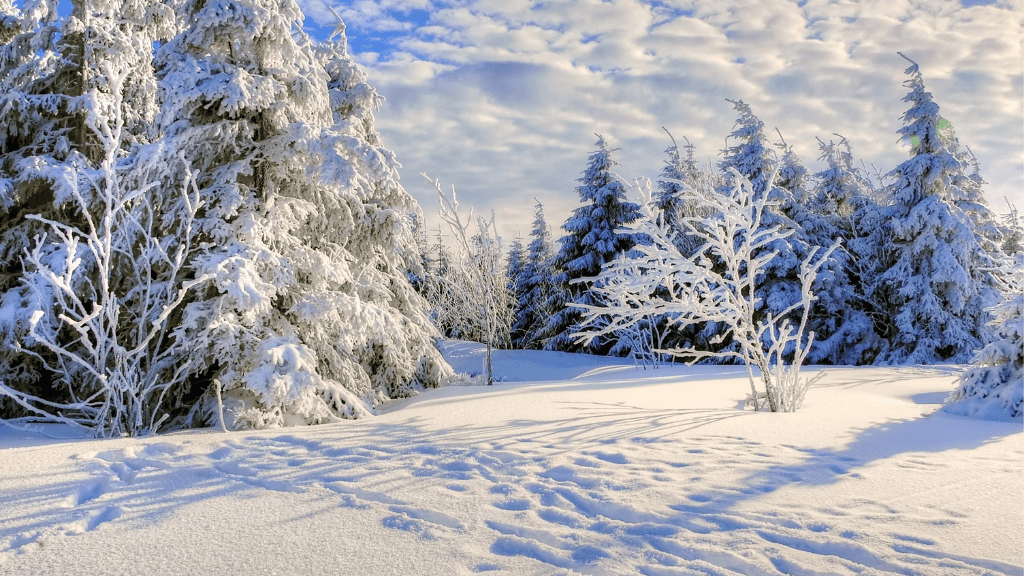
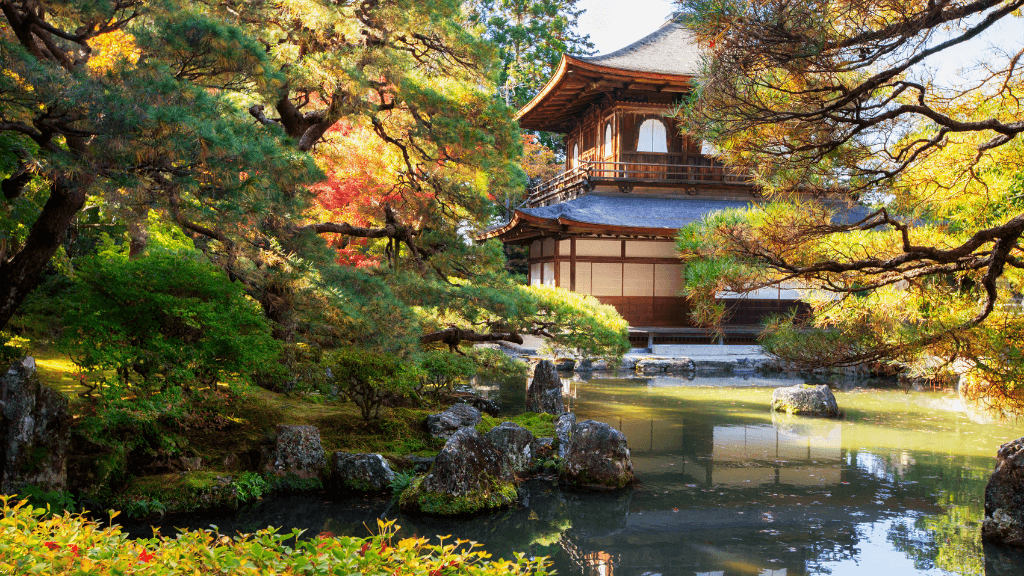
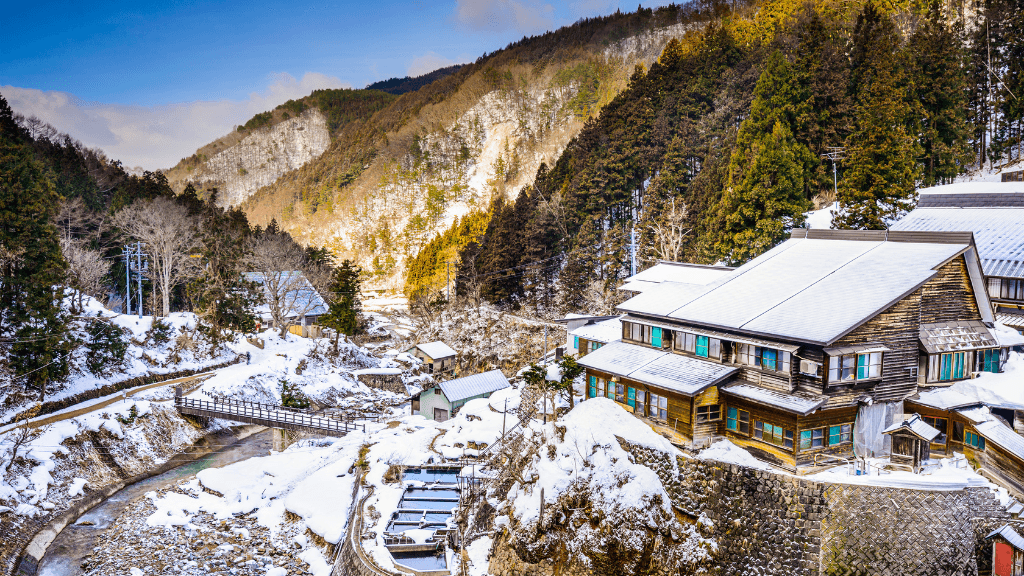
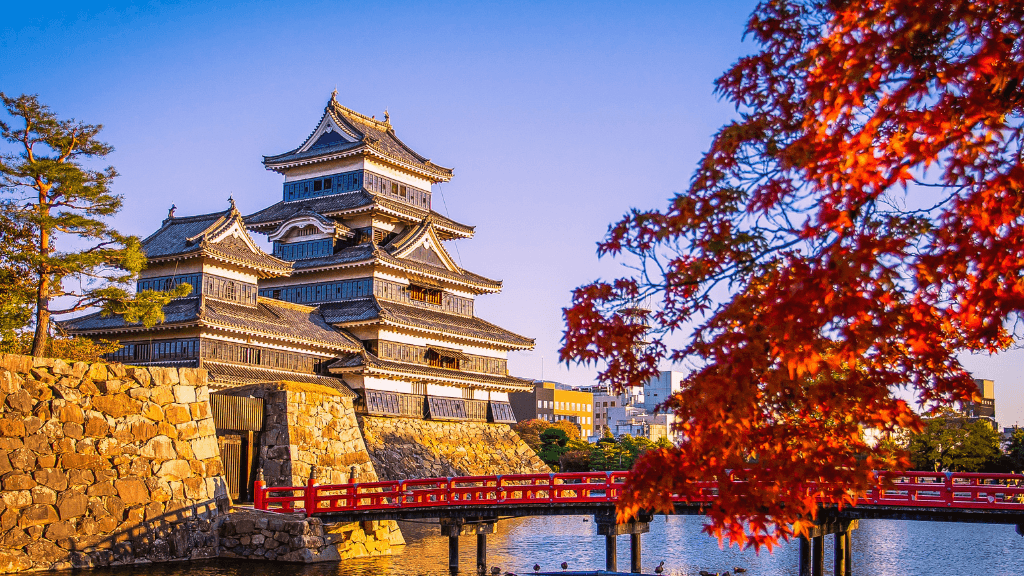
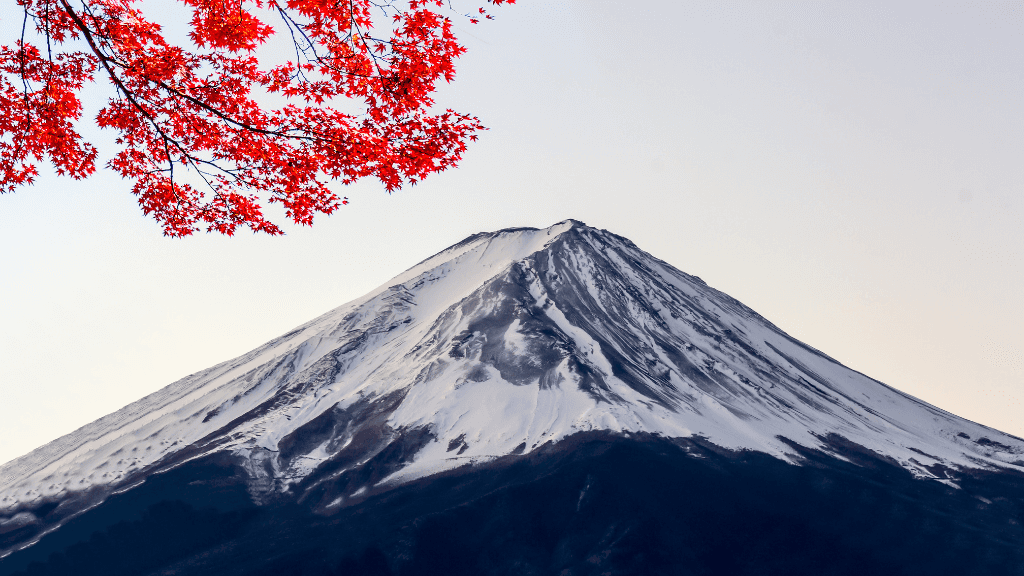
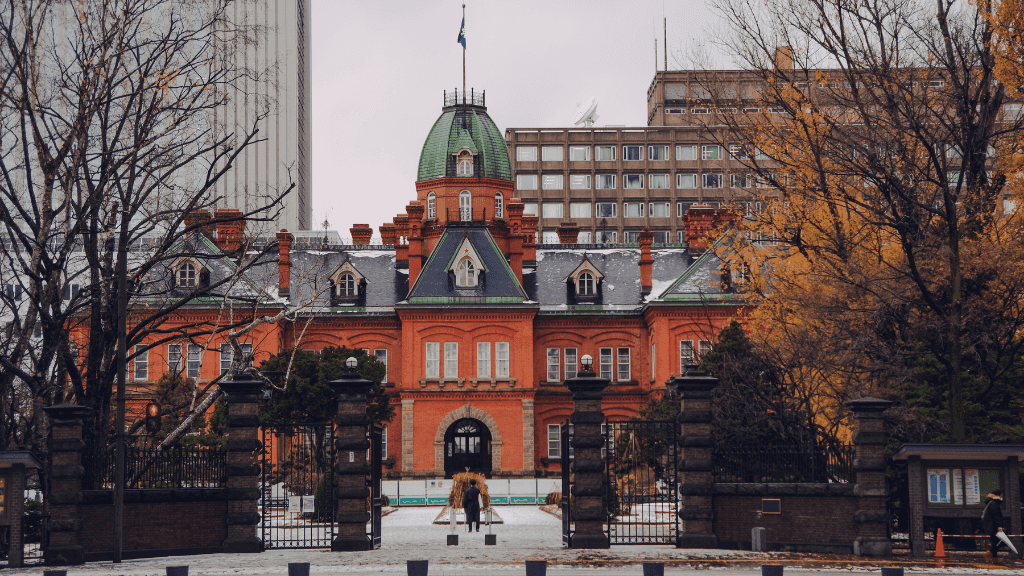
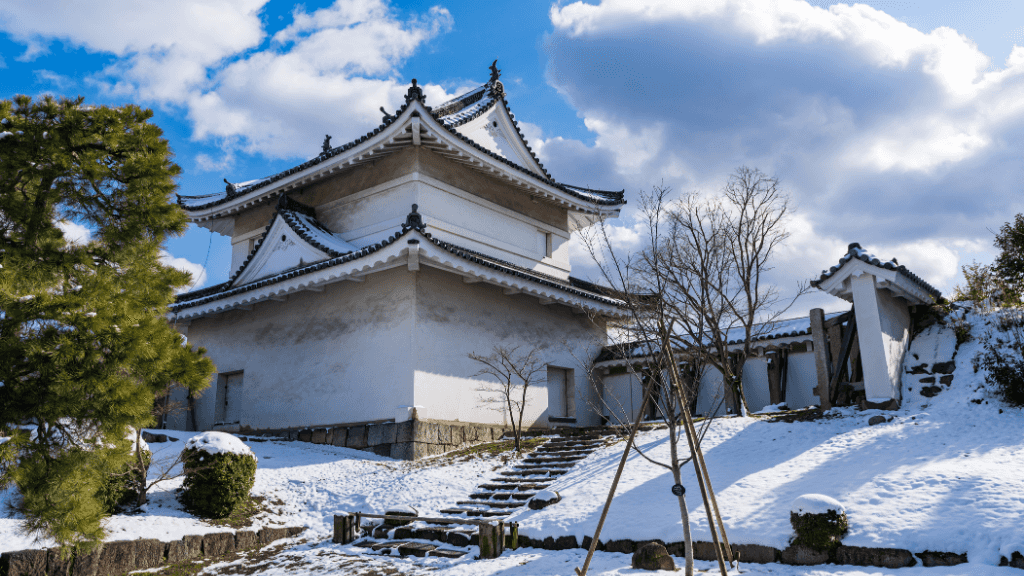
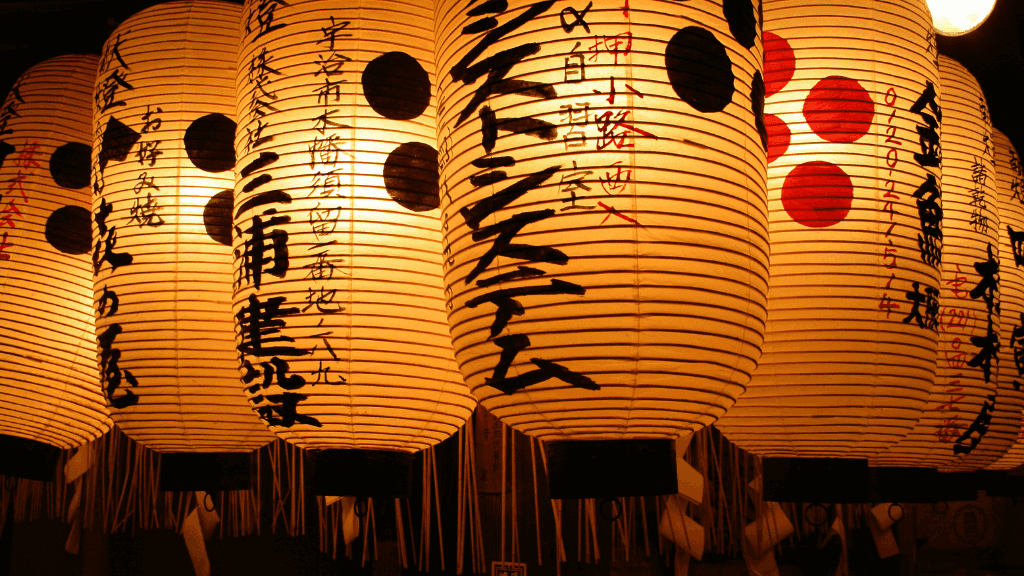
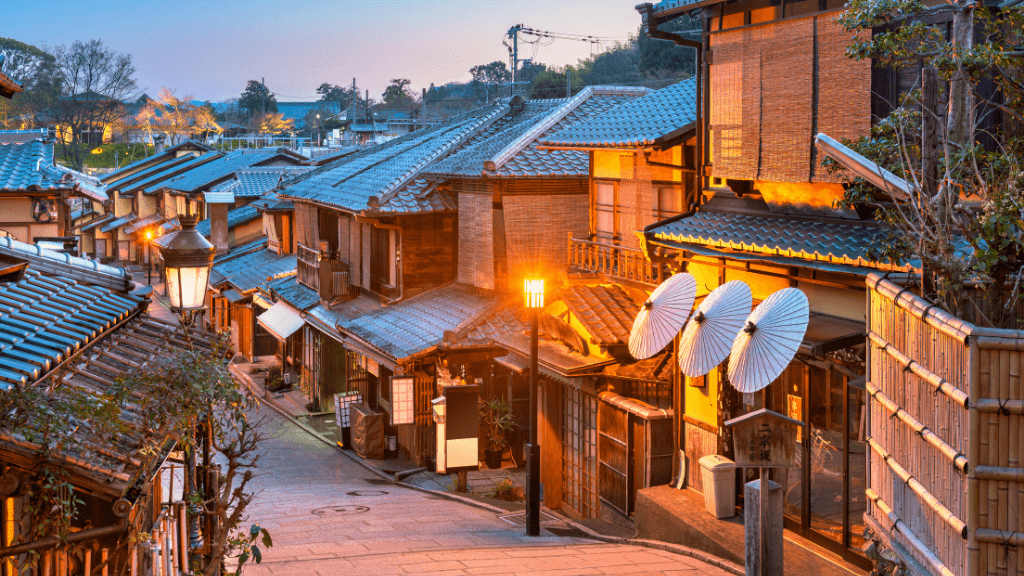
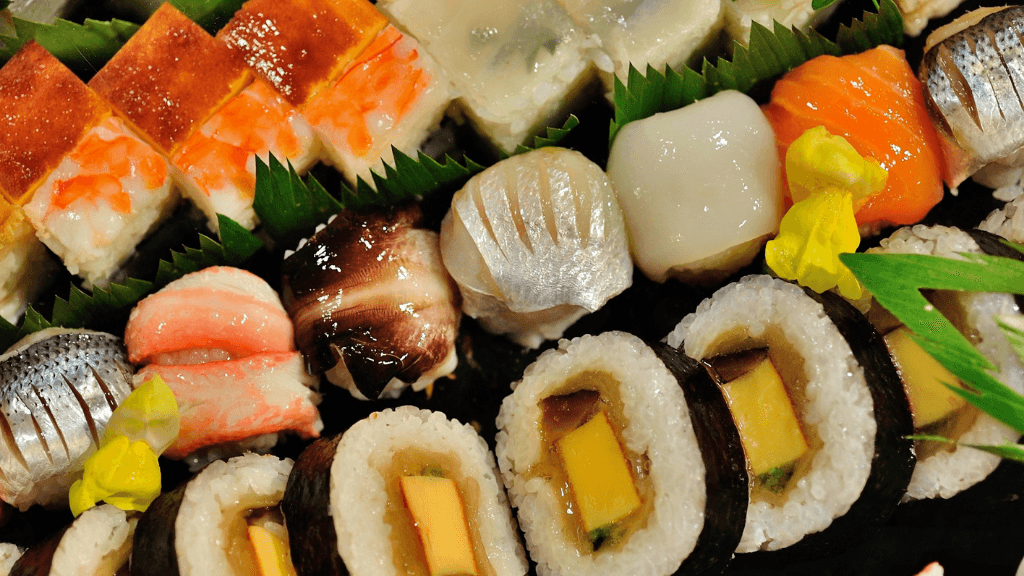

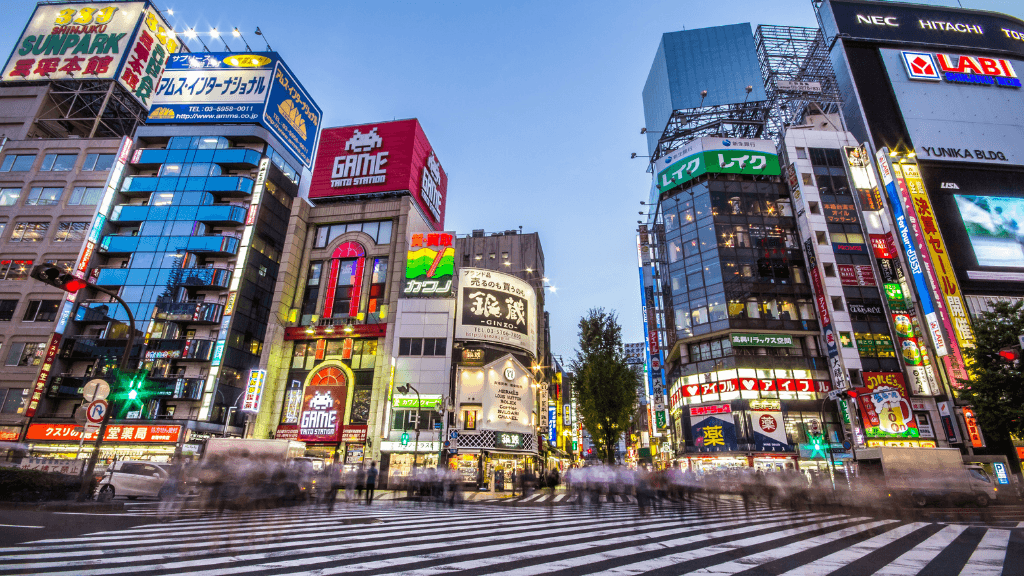
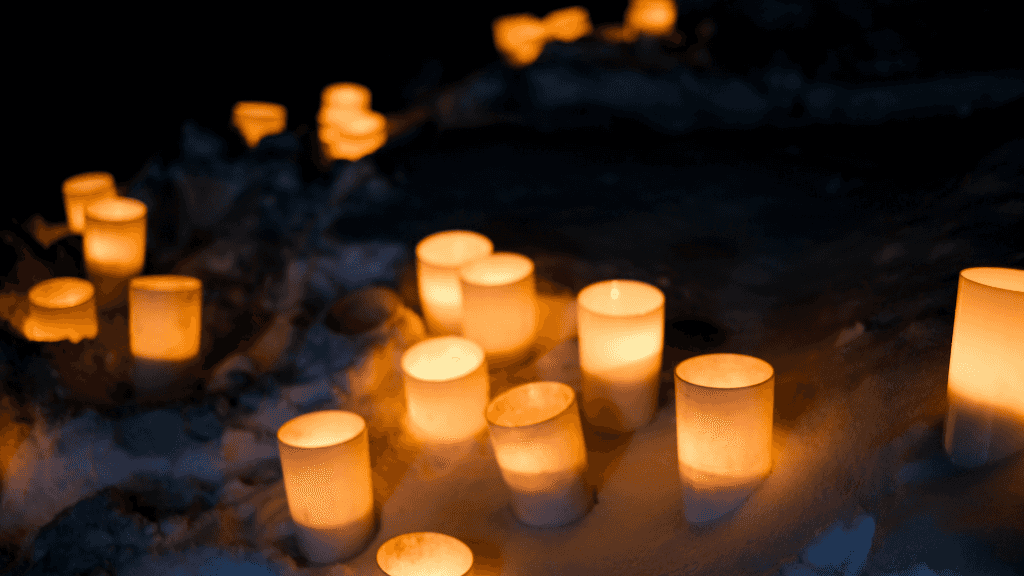
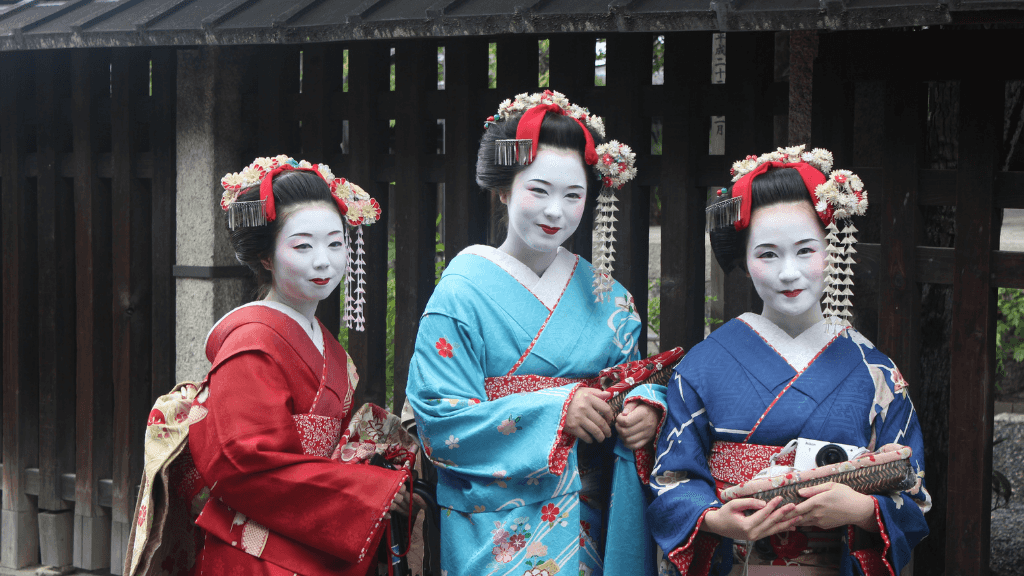
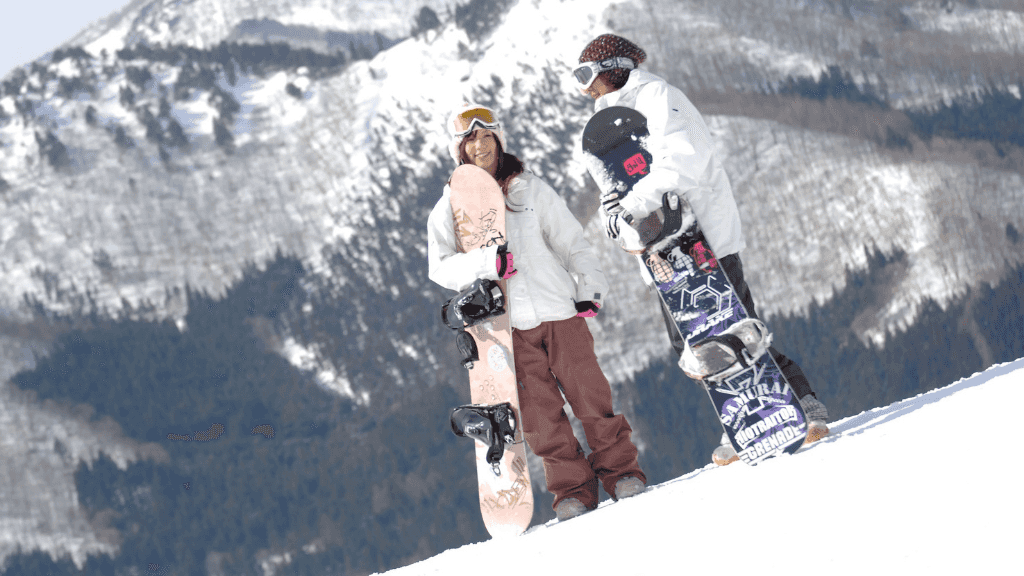
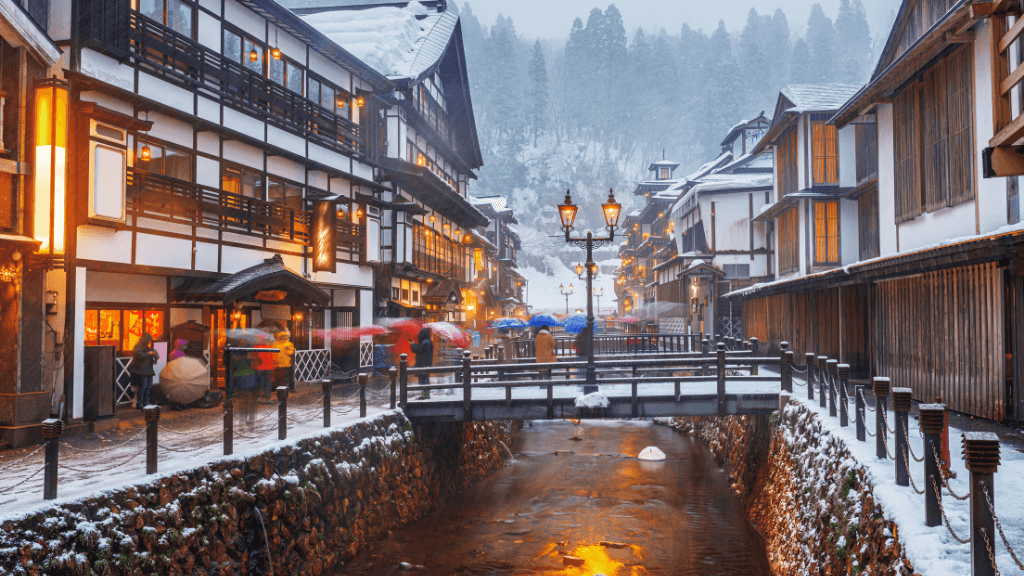
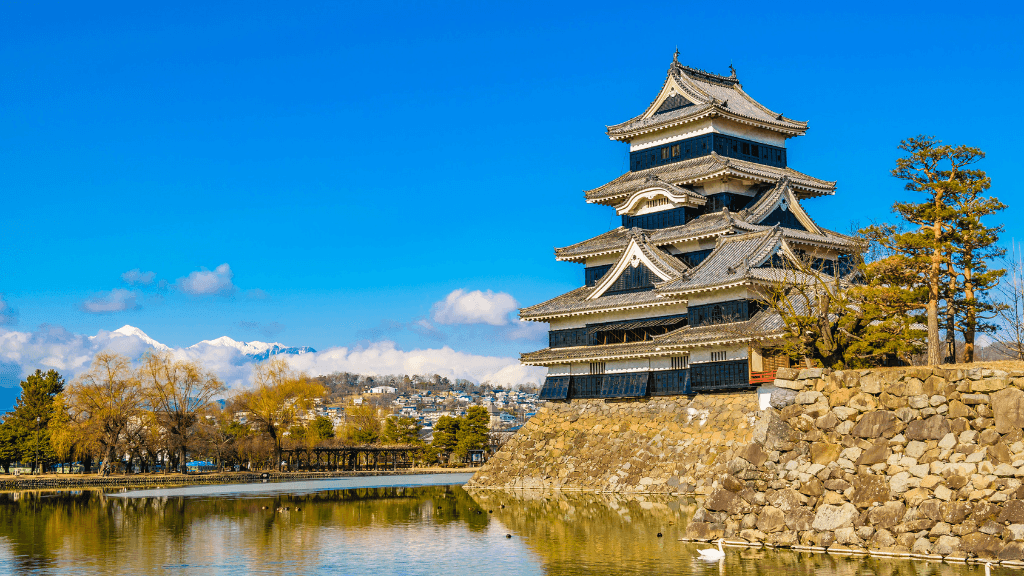
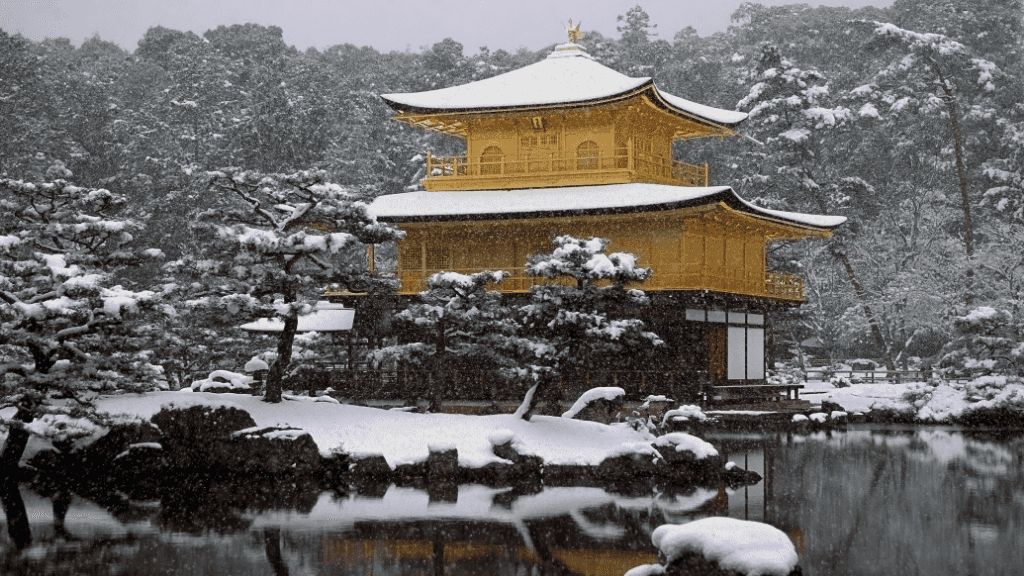
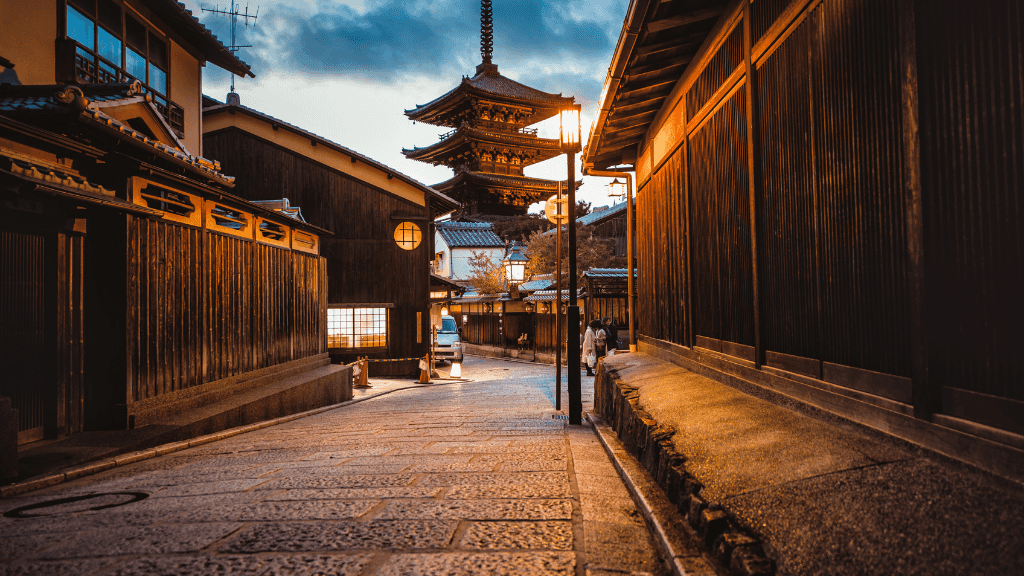
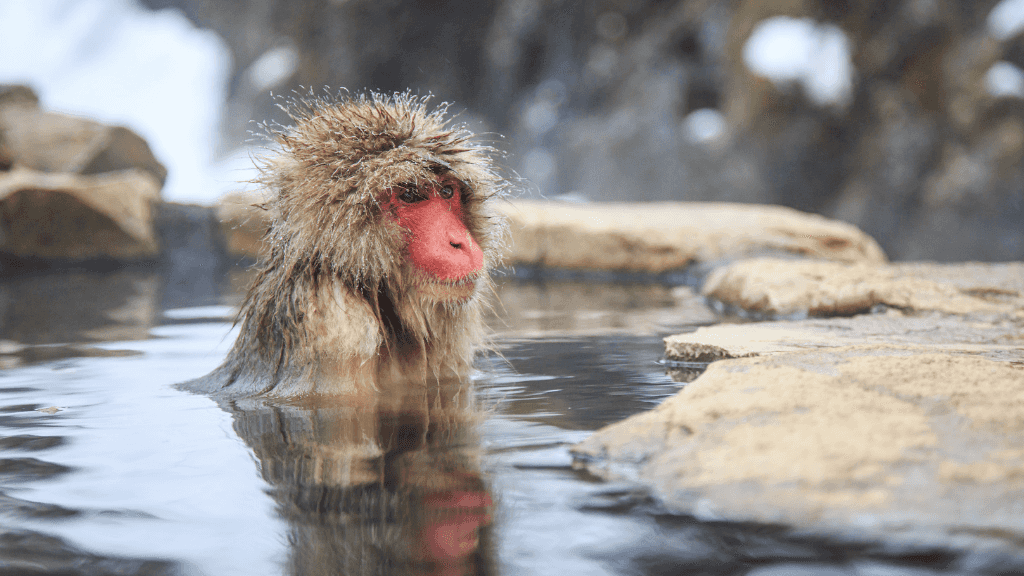
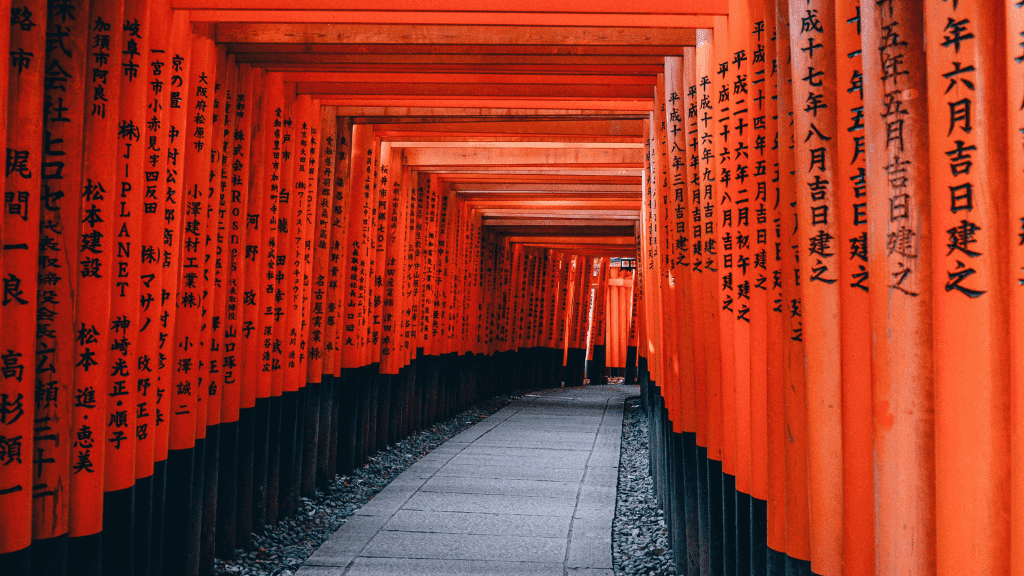
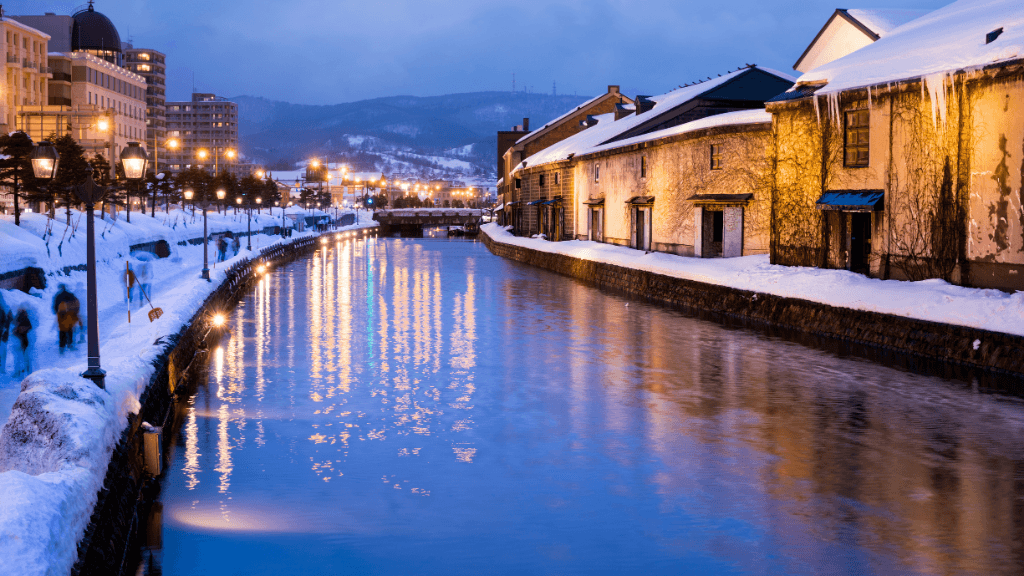
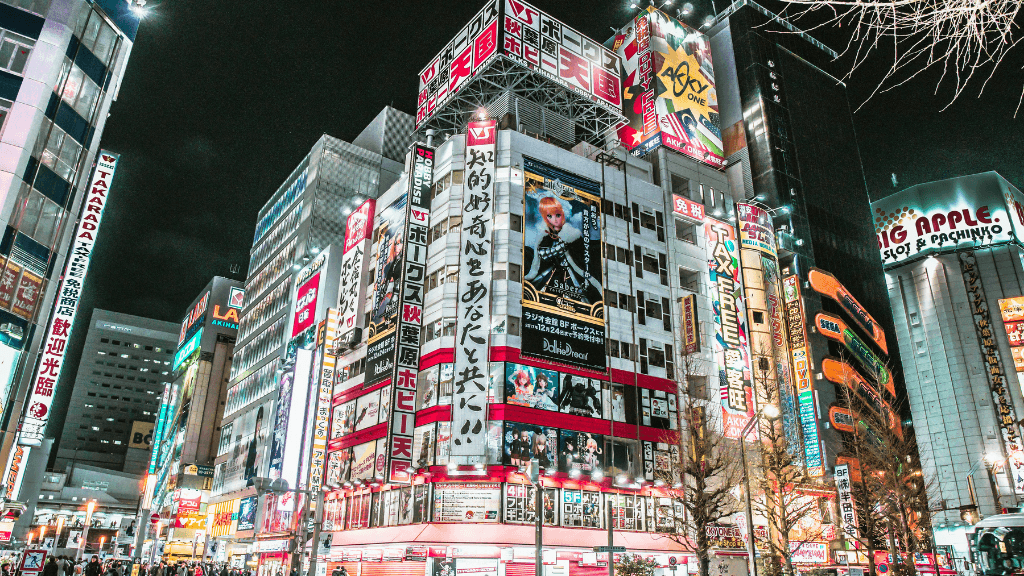
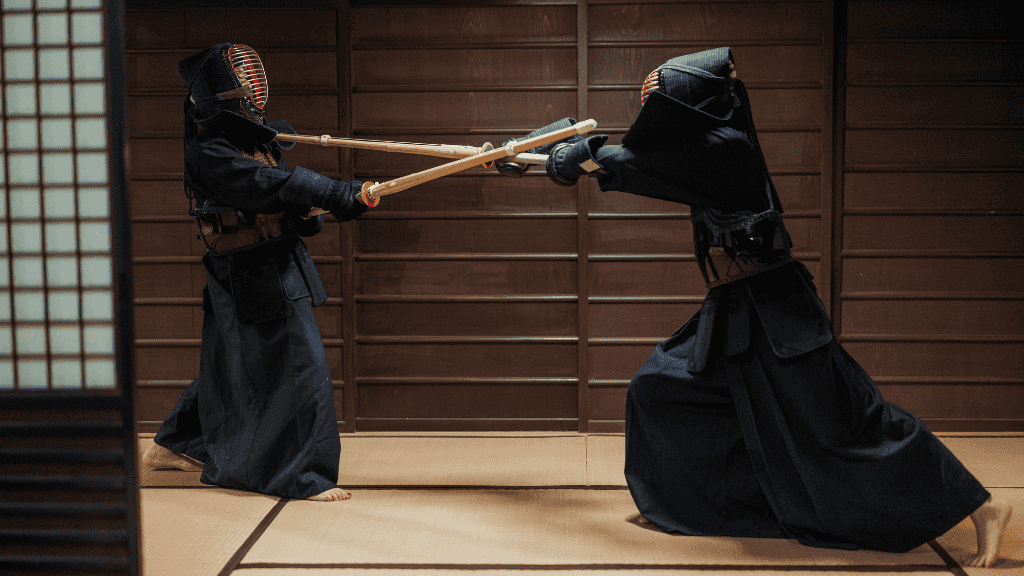
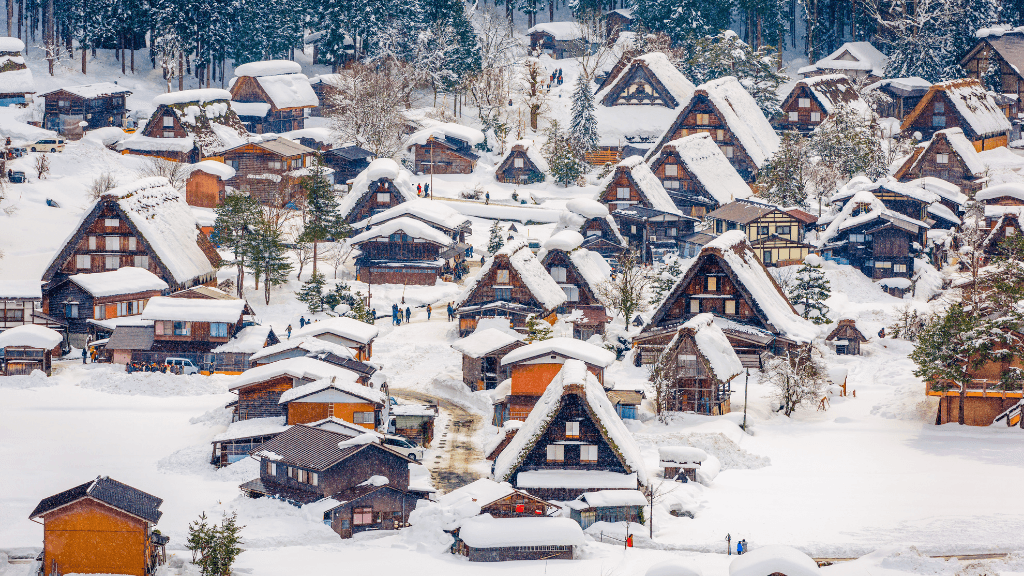
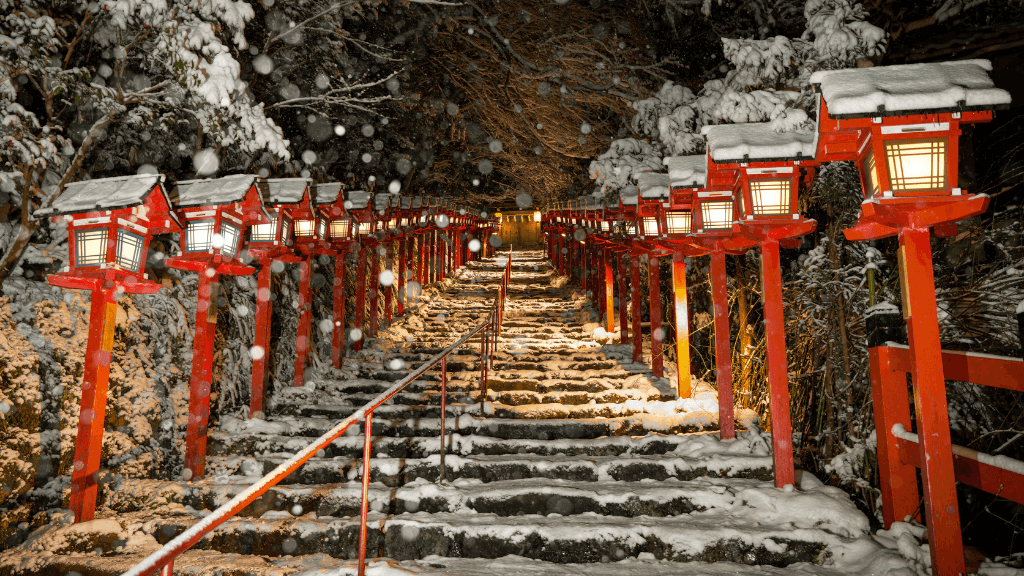
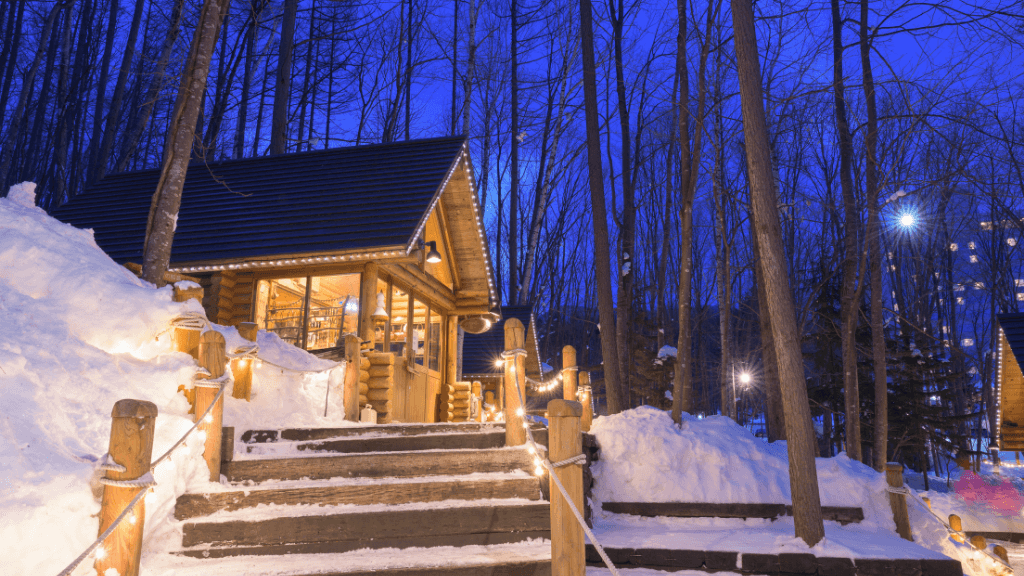
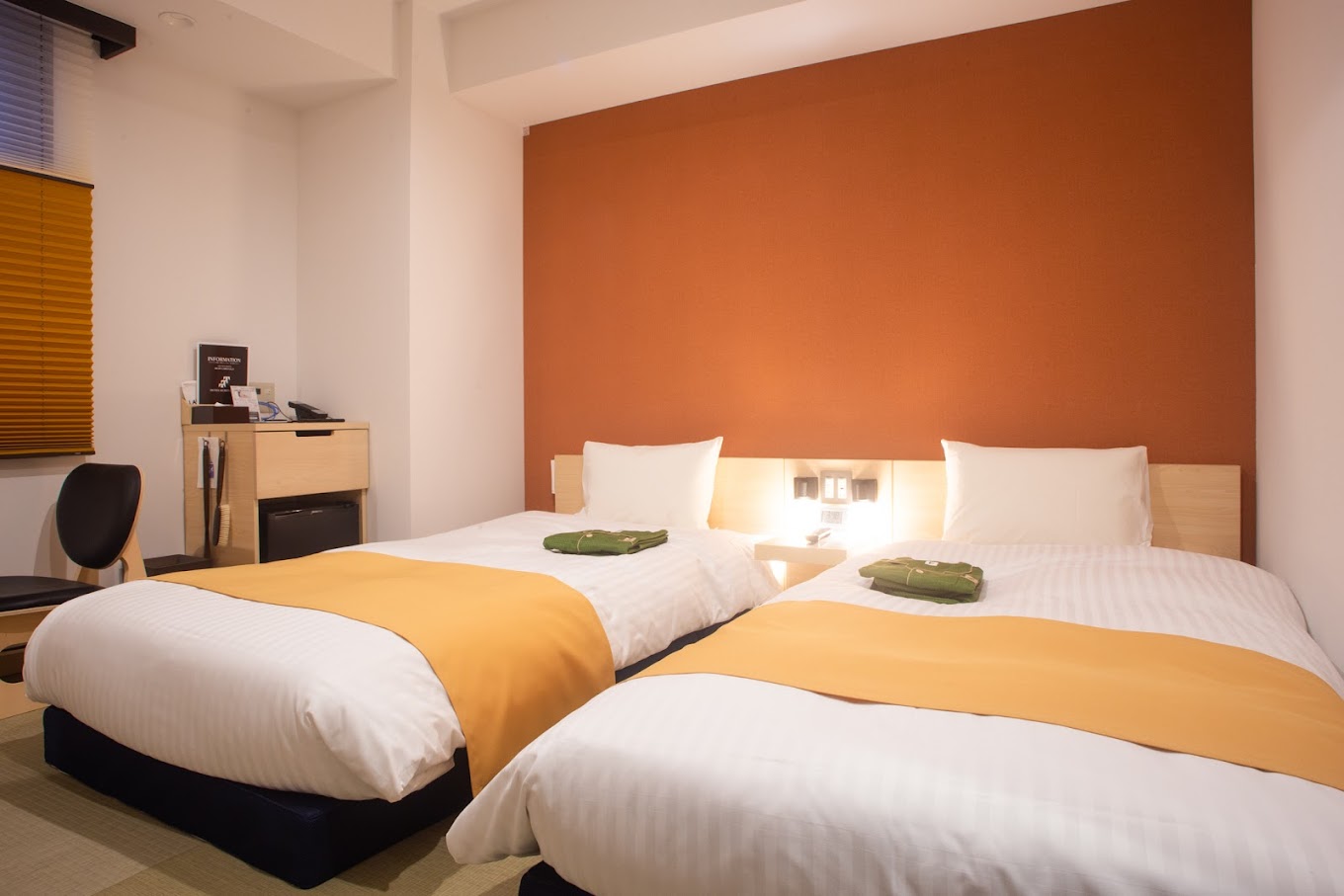
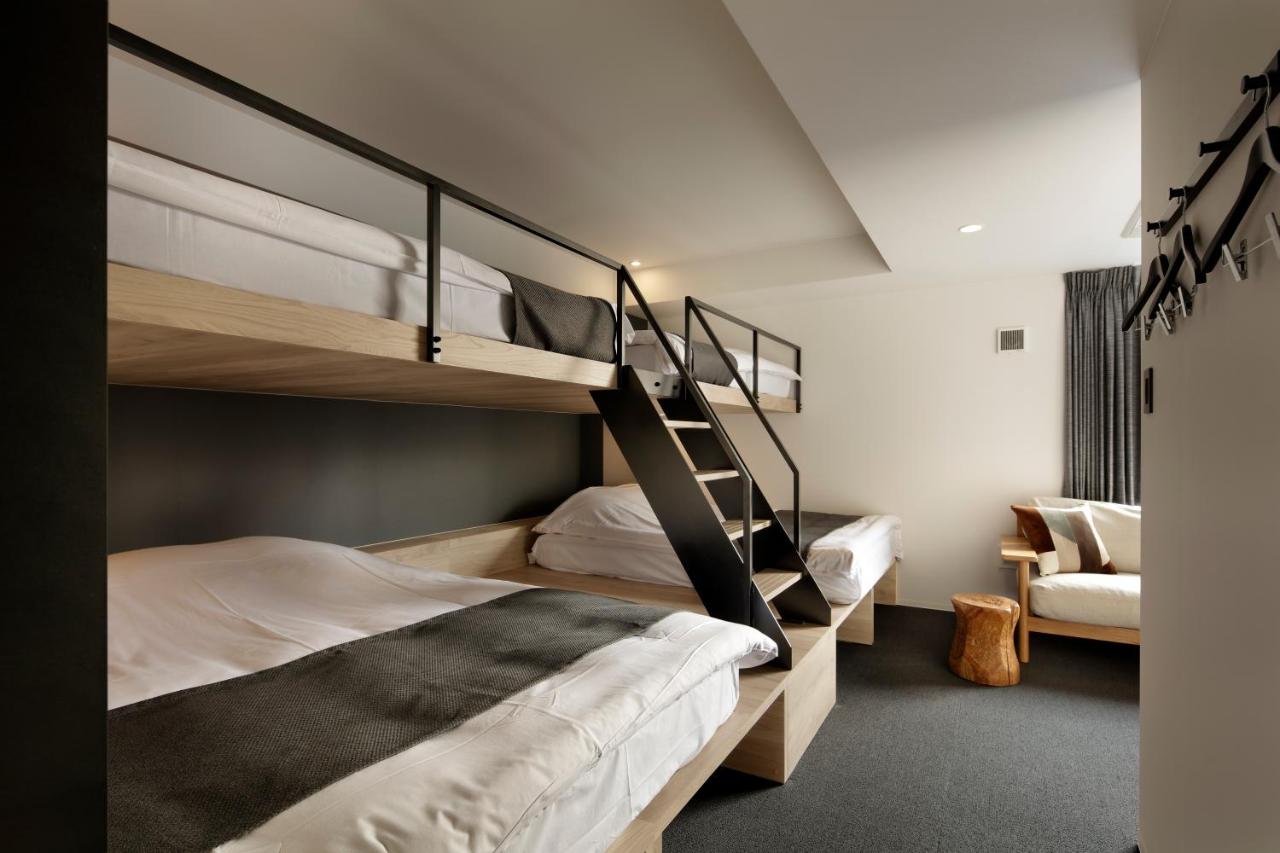
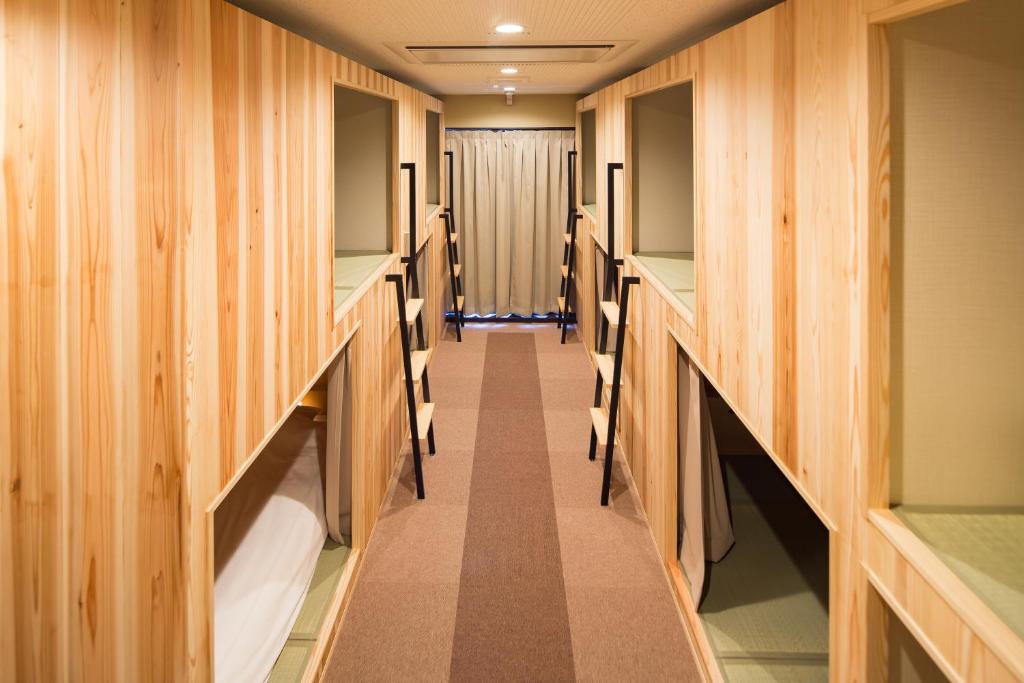
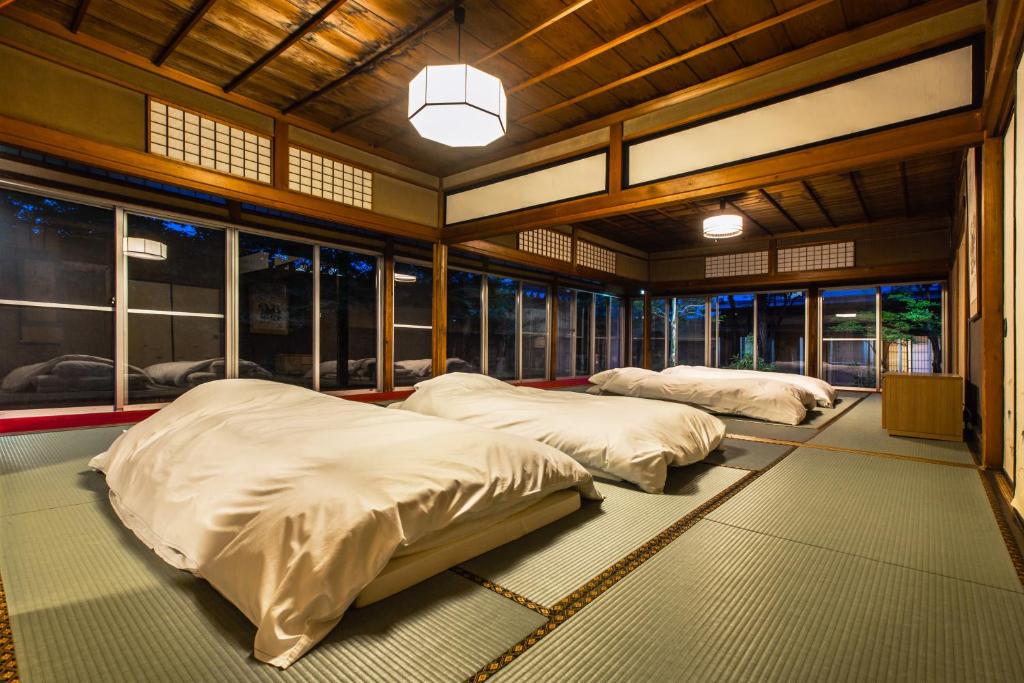
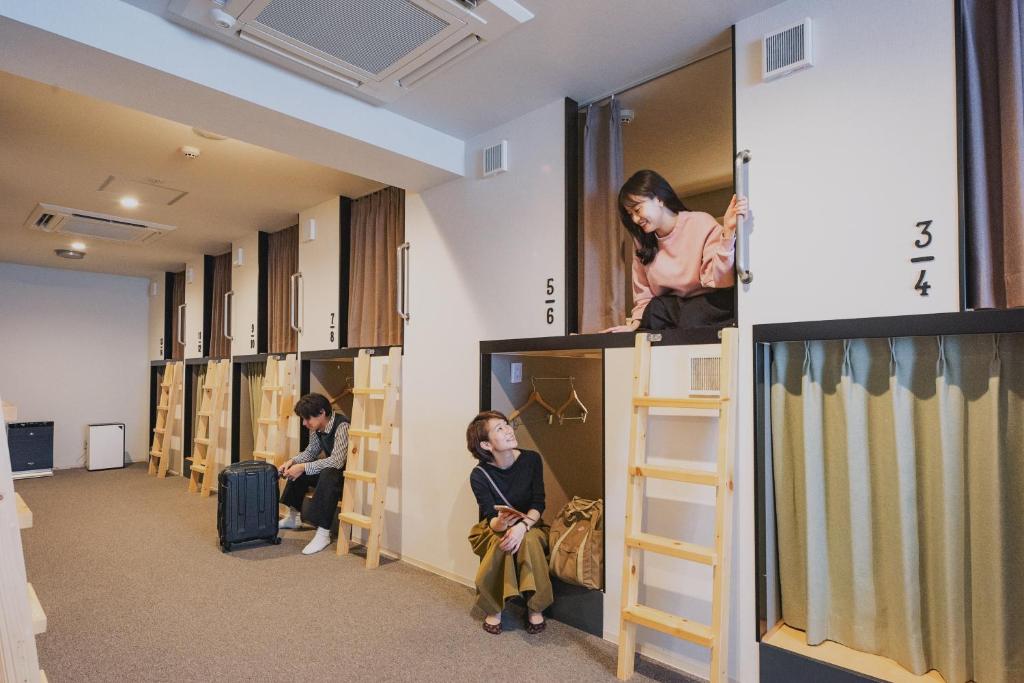
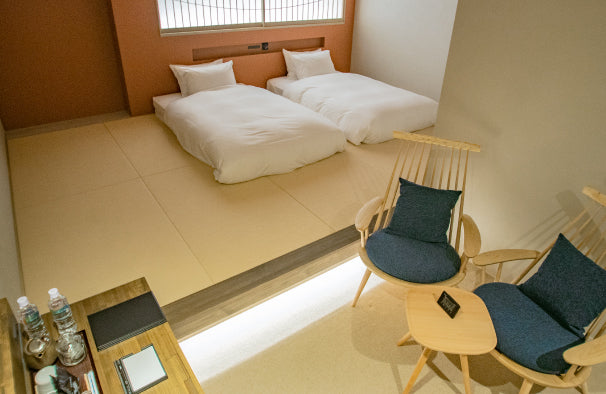
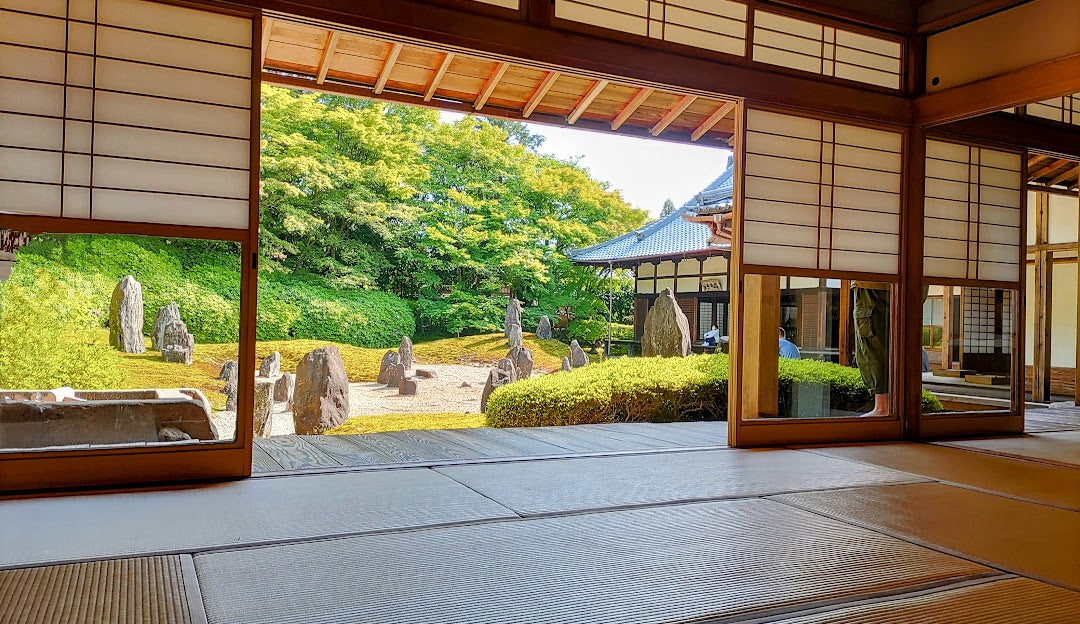
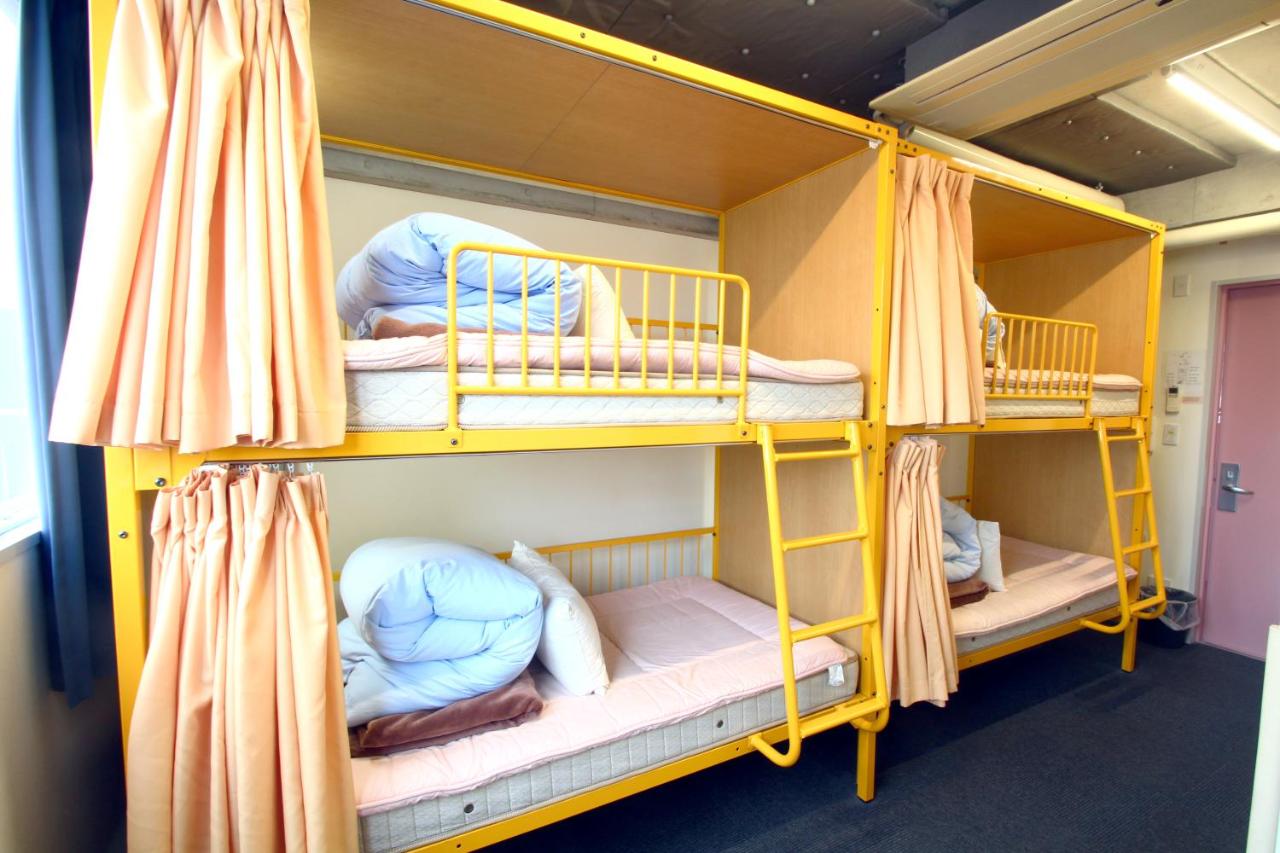
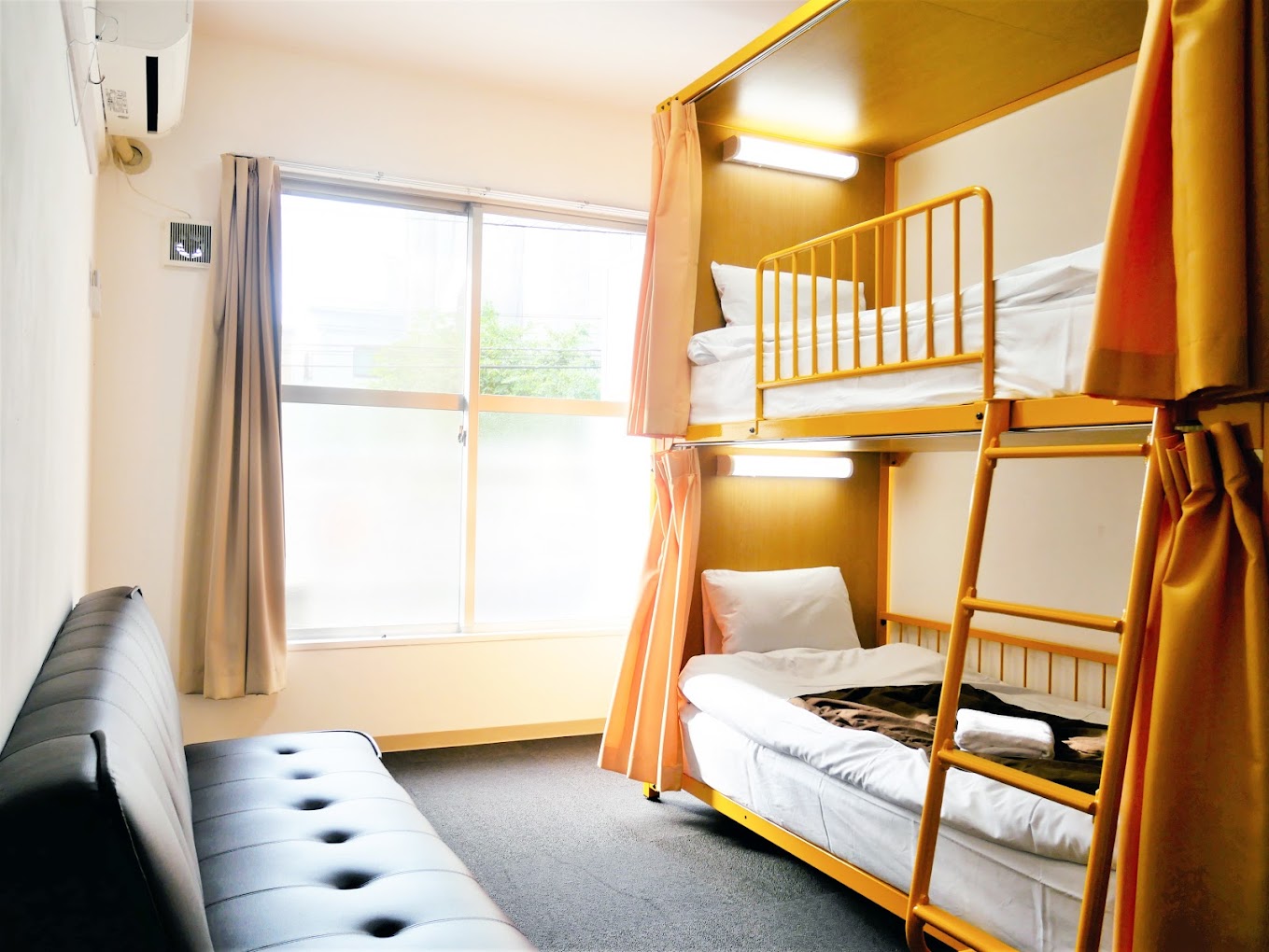
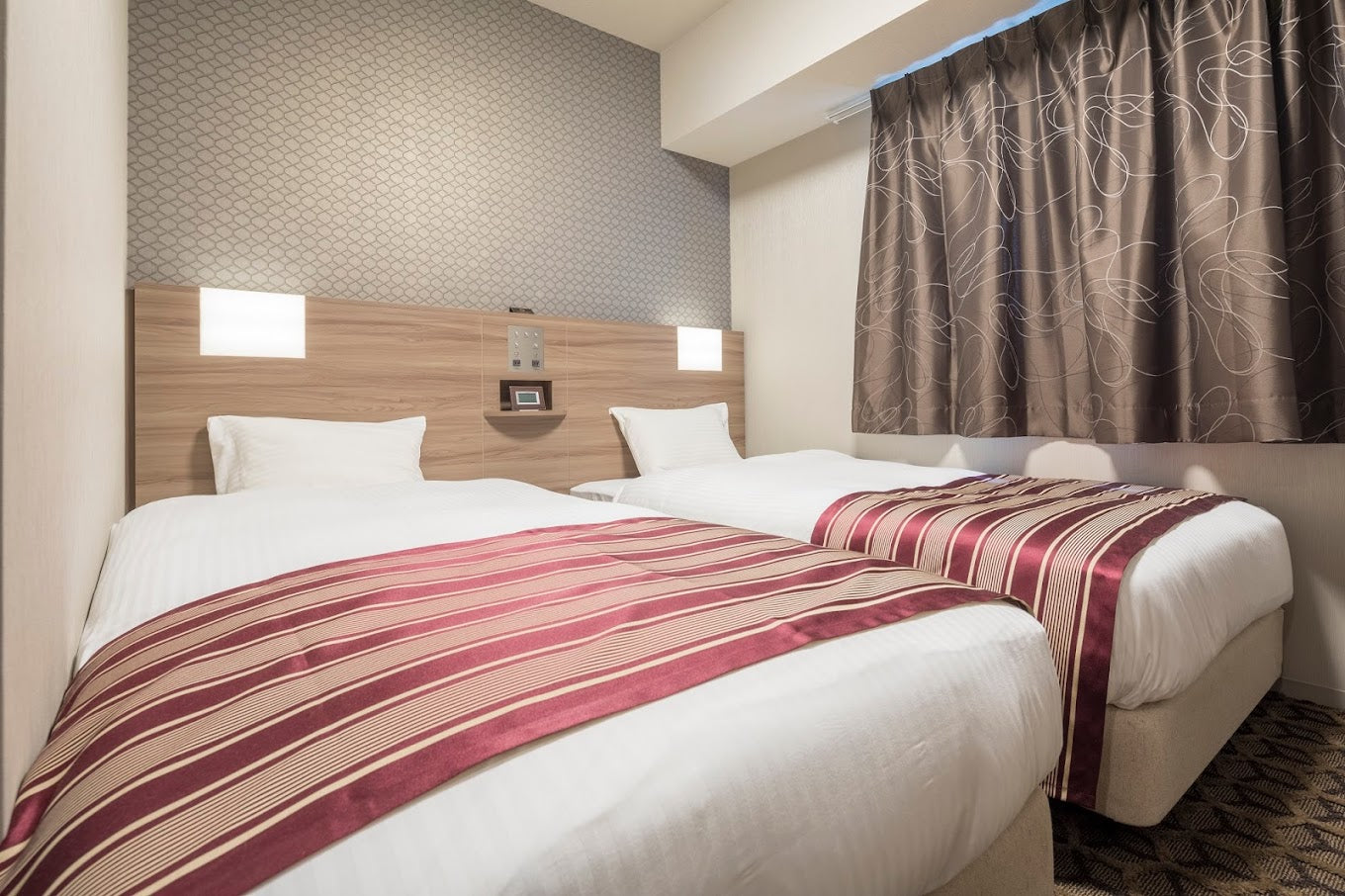
Tour Overview
Japan’s Snowy Traditions: 11 or 14-Day Winter Culture & Onsen Journey Neon Tokyo → snow-monkey onsen → golden Kyoto temples → Hakone’s steaming valleys → (optional) three full days carving Hakuba powder – the perfect winter Japan loop with 200% carbon offsetting and deep respect for tradition and nature.
Tour at a Glance
- Duration: 11 days (Tokyo round-trip) or 14 days (+ Hakuba ski extension)
- Age: 18–45 (younger/older case-by-case)
- Group size: Max 22 travellers
- Physical level: Moderate – city walking + optional skiing/snowboarding
- Start / Finish: Tokyo (NRT or HND)
- Accommodation: Cosy mix of modern hotels, traditional ryokan & guesthouses (twin-share, heated, most with Wi-Fi)
What’s Included
- 10 or 13 nights twin-share accommodation (ryokan with onsen in Hakone & Nagano)
- 6 breakfasts + 1 lunch + 3 dinners (welcome kaiseki, nabe hot-pot, farewell izakaya)
- Japan Rail Pass (7-day) + bullet trains, Romance Car, local transport
- Expert English-speaking leader + local guides
- All activities & entrance fees below
- Full 200% CO₂ offset (including your flights to Japan)
Signature Experiences on Every Departure
- Tokyo: Senso-ji illuminated, Meiji Shrine, sushi-making class, Shibuya night chaos
- Hakone: Mt Fuji views, pirate ship cruise, private onsen ryokan dinner
- Kyoto: Dawn at Fushimi Inari, Kinkaku-ji golden pavilion, Kendo samurai class
- Osaka: Dotonbori street-food tour by night
- Nagano: Jigokudani snow-monkey park + steaming outdoor onsen soak
- 14-day only: 3 full days Hakuba skiing/snowboarding (4–5 resorts access, lift pass, rental gear included)
Not Included
- International flights
- Airport transfers (easy by train)
- Mandatory travel insurance
- Most lunches & dinners (allow JPY 3,000–6,000 per day)
- Optional extras (geisha evening, extra ski lessons)
- Tips (suggested JPY 8,000–12,000 total)
Day-by-Day Itinerary
11-Day Core Tour (Tokyo → Tokyo)
- Day 1–3: Tokyo – Neon nights, sushi class, Meiji Shrine, Harajuku
- Day 4: Hakone – Scenic rail, Fuji views, ryokan onsen & kaiseki dinner
- Day 5–7: Kyoto – Bullet train, Fushimi Inari dawn, Kinkaku-ji, Kendo experience
- Day 8: Osaka – Dotonbori food frenzy & neon canal cruise
- Day 9–10: Nagano – Snow monkeys, Zenko-ji temple, private onsen, karaoke night
- Day 11: Nagano → Tokyo – Morning train, tour ends ~14:00
14-Day with Hakuba Ski Extension
- Days 1–10: As above
- Day 11: Nagano → Hakuba – Gear fitting, afternoon first runs
- Days 12–13: Hakuba – Full lift pass, multiple resorts, night skiing, ramen & onsen recovery
- Day 14: Hakuba → Tokyo via Nagano – Tour ends evening
Essential Packing
- Warm waterproof jacket, thermal layers, beanie & gloves
- Grippy winter boots or shoes with good tread
- Swimsuit & quick-dry towel (onsen)
- Reusable chopsticks & water bottle (refill stations everywhere)
Snow monkeys, powder runs, golden temples and neon nights – Japan’s winter at its most magical. Zero Trace Tours winter groups are small and sell out early – secure your snowy adventure today!
VIEW | LIVE DATES AND AVAILABILITY
Tour Itinerary
Day 1 & 2 | Welcome to Japan
Day 1 — Tokyo Arrival, Senso-ji by Night & Welcome Dinner
Touch down and settle into your Tokyo base. As evening falls, gather for a flavour-packed welcome dinner, then wander the lantern glow of Senso-ji Temple once the crowds thin—pure winter magic.
Stay: Sakura Hotel Nippori (or similar) — twin bunks
Meals: Dinner
Included: Welcome dinner; Senso-ji evening visit
Free Time: Tokyo Skytree views
Pace: Low
Day 2 — Harajuku, Meiji Shrine, Yoyogi Park & Akihabara
Start with a short Japan orientation—customs and handy phrases—then drift from Harajuku’s pop style to Meiji Shrine and quiet Yoyogi Park. Cap the day in neon-bright Akihabara: arcades, retro shops, or a quirky café if you fancy.
Stay: Sakura Hotel Nippori (or similar) — twin bunks
Meals: Breakfast
Included: Orientation; guided district walk (Harajuku → Meiji → Akihabara)
Optional: Maid café visit
Pace: Medium/High
Day 3 & 4
Day 3 — Sushi Masterclass, Shinjuku Skyline & Shibuya Crossing
Roll sleeves for a private sushi-making class—miso soup, three sushi styles and teriyaki secrets (vegetarian on request with advance notice). Evening glide through Shinjuku’s alleyways to Shibuya Crossing in full electric bloom.
Stay: Sakura Hotel Nippori (or similar) — twin bunks
Meals: Breakfast, Lunch
Included: Sushi class; Shinjuku walk; Shibuya Crossing visit
Free Time: Toyosu Fish Market, Sengaku-ji/“Songokuji” temple area
Pace: Medium
Day 4 — Hakone: Romance Car, Fuji Outlooks & Nabe Night
Ride the Romance Car into Hakone’s hills. Mix-and-match local transports to explore, keeping eyes peeled for Mount Fuji when the winter sky is clear. Tonight, a homestyle nabe dinner in the guesthouse and cosy games to close.
Stay: Gora Gaku Guesthouse (or similar) — twin/triple tatami
Meals: Breakfast, Dinner
Included: Romance Car; Hakone exploring; Fuji viewing (weather-dependent)
Note: Brief Owakudani stop isn’t advised for asthma/respiratory conditions—chat to your leader for an alternate.
Pace: Medium
Day 5 & 6
Day 5 — Bullet to Kyoto & Gion Evening Walk
Grab a quick bite en route and board the shinkansen to Kyoto. Settle in, then follow a local through the lanes of Gion—lanterns, wooden townhouses and the chance to glimpse a geiko or maiko.
Stay: Ryokan Hostel Gion (or similar) — pod-style
Meals: None
Included: Gion district walking tour
Optional: Geisha performance (subject to availability)
Pace: Medium
Day 6 — Fushimi-Inari at Dawn & Kiyomizu-dera
Beat the crowds to Fushimi-Inari’s vermilion gates, then cross to Kiyomizu-dera, dramatic on its hillside—especially striking with winter air crisp and clear. The afternoon is yours.
Stay: Ryokan Hostel Gion (or similar) — pod-style
Meals: None
Included: Fushimi-Inari; Kiyomizu-dera
Optional: Tea ceremony; kimono hire; Nishiki Market grazing
Pace: Medium/High
Day 7 & 8
Day 7 — Golden Pavilion, Zen Garden & Kendo in a Historic Dojo
See the Golden Pavilion shimmering beside its mirror-lake—extra fairytale if dusted with snow—then a peaceful Zen garden pause. Later, step into a Kendo class led by a Bushidō instructor and descendant of a samurai.
Stay: Ryokan Hostel Gion (or similar) — pod-style
Meals: None
Included: Kinkaku-ji (Golden Pavilion); Kendo class
Free Time: Heian Shrine stroll
Pace: Medium
Day 8 — On to Osaka: Dotonbori Food Tour & Night Lights
Transit to Osaka and settle near the action. At dusk, dive into a guided Dotonbori food tour—steamy grills, neon reflections and the famous running-man sign.
Stay: Hotel WBF Namba Motomachi (or similar) — twin share
Meals: Dinner
Included: Dotonbori walk & street-food tasting
Optional: Osaka canal boat tour
Pace: Medium
Day 9 & 10
Day 9 — Osaka Morning, Castle Gardens & Train to Nagano
Free morning moments, then wander the grounds of Osaka Castle before rolling north by train to snow-rimmed Nagano—gateway to winter valleys and onsen towns.
Stay: Toyoko Inn Nagano (or similar) — twin share
Meals: Breakfast
Included: Osaka Castle gardens visit; intercity rail to Nagano
Pace: Low
Day 10 — Jigokudani Snow Monkeys & Onsen Time
Arrive early at Jigokudani Monkey Park to watch red-faced macaques steaming in hot pools while snow drifts around them. Afterwards, take it slow in Yudanaka—opt for an onsen soak or sample local sake—then regroup for a light-hearted farewell karaoke.
Stay: Toyoko Inn Nagano (or similar) — twin share
Meals: Breakfast
Included: Snow Monkey Park; karaoke send-off
Optional: Onsen town pass; sake tasting
Pace: Low
Day 11 | Main Tour Ends
Day 11 — Back to Tokyo (Trip Ends)
Morning rail returns you to Tokyo. Goodbyes for those wrapping here; skiers continue on the add-on below.
Meals: Breakfast
Included: Train to Tokyo
Pace: Low
Optional 3-Day Ski Add-On — Hakuba (Self-Guided)
Day 11 — Nagano → Hakuba: Gear Up & First Runs
Transfer to Hakuba and collect your 3-day lift pass & gear for Happo One. Settle into your slopeside base and take those first winter laps.
Stay: Echo Guesthouse (or similar) — 4-share cabin
Meals: Breakfast
Included: Lift pass; ski/snowboard hire; Tokyo↔Hakuba rail (per package); local transfers as specified
Pace: Medium/High
Day 12 — Hakuba: Full Ski/Board Day
Choose your terrain—gentle groomers to leg-burners—with alpine peaks for backdrop and plenty of cocoa breaks.
Stay: Echo Guesthouse (or similar) — 4-share cabin
Meals: None
Included: Lift pass (day 2)
Pace: Medium/High
Day 13 — Hakuba: Last Laps
Chase that favourite line, then wind down with an onsen or ramen run.
Stay: Echo Guesthouse (or similar) — 4-share cabin
Meals: None
Included: Lift pass (day 3)
Pace: Medium/High
Day 14 — Hakuba → Tokyo: Extension Ends
Return to Nagano Station, then rail to Tokyo. Trip complete.
Meals: None
Included: Rail per package
Pace: Low
Key Tour Info
Route Map
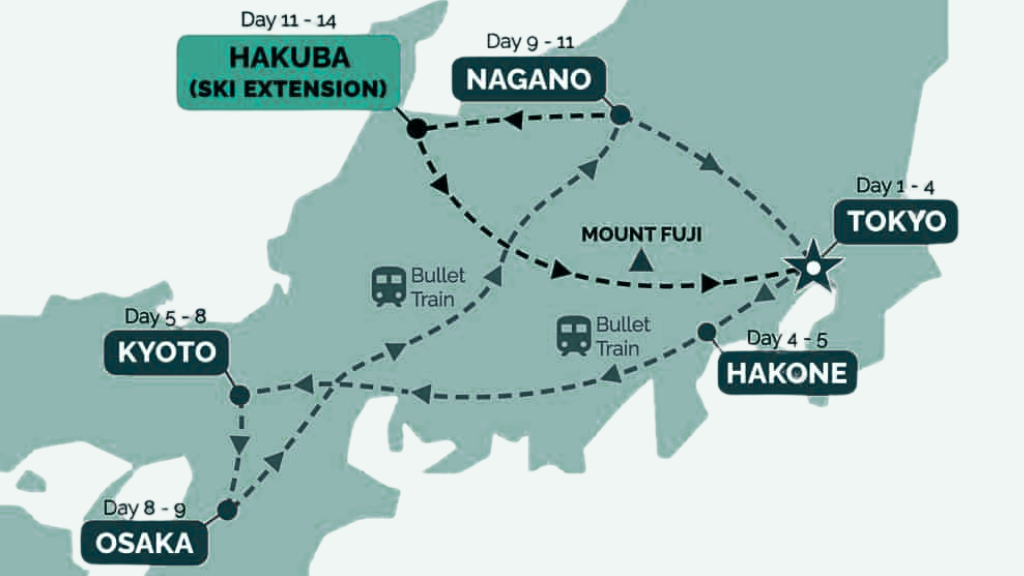
Food & Accommodation
Where You’ll Sleep
(winter-ready; “or similar” may apply)
- Tokyo (Nights 1–3): Social hostel with twin bunks — close to trains and late-night snacks.
- Hakone (Night 4): Cosy mountain guesthouse with tatami rooms (twin/triple) — perfect for warming nabe nights.
- Kyoto (Nights 5–7): Stylish pod-style stay in the Gion area — walk to lantern-lit lanes.
- Osaka (Night 8): Central twin-share hotel near Dotonbori’s food streets.
- Nagano (Nights 9–10): Comfortable twin-share hotel — an easy hop to the snow monkeys and onsen town.
All properties are heated; most have individual climate control. Rooming is shared by default; upgrades may be limited in peak winter.
Optional Ski Extension (self-guided)
- Hakuba (Nights 11–13): Slopeside 4-share cabins — lift pass & gear included; simple, to-the-mountains convenience.
What You’ll Eat (included meals only)
Meals are written exactly as included in the operator itinerary; everything else is at your own cost—ideal for sampling ramen counters, izakaya bites and market snacks.
- Day 1 (Tokyo): Dinner — Welcome meal.
- Day 2 (Tokyo): Breakfast.
- Day 3 (Tokyo): Breakfast, Lunch — Sushi masterclass day.
- Day 4 (Hakone): Breakfast, Dinner — Fuji day + homestyle nabe.
- Day 5 (Kyoto): —
- Day 6 (Kyoto): —
- Day 7 (Kyoto): —
- Day 8 (Osaka): Dinner — Dotonbori food tour.
- Day 9 (Nagano): Breakfast.
- Day 10 (Nagano): Breakfast.
- Day 11 (Tokyo return): Breakfast.
Dietaries & style
- Vegetarian and other dietary needs can usually be accommodated with advance notice (some set menus on activity days).
- Onsen towns: many venues are cash-friendly and cosy—think hot bowls, skewers and winter sweets.
- Tip: carry small bills for kiosks and temple-side vendors; keep a reusable bottle for hot/cold refills.
What's Included & What's Not
✅ What’s Included
Itinerary Activities
- Tokyo: Welcome dinner; Senso-ji by night; Harajuku, Meiji Shrine, Yoyogi Park & Akihabara walk; private sushi-making class; Shinjuku stroll & Shibuya Crossing.
- Hakone: Romance Car ride; multi-pass explore; Mount Fuji outlooks (weather dependent); homestyle nabe dinner.
- Kyoto: Fushimi-Inari at first light; Kiyomizu-dera; Gion evening walk; Golden Pavilion (Kinkaku-ji); Kendo class with a Bushidō instructor.
- Osaka: Dotonbori food tour (dinner included); Osaka Castle gardens visit.
- Nagano: Jigokudani Snow Monkey Park; farewell karaoke.
Guides
- Expert group leader throughout; licensed local guides for key sites/experiences (e.g., Kendo, food tour, district walks).
Accommodation
- 10 nights in winter-ready stays: Tokyo hostel (twin bunks), Hakone guesthouse (tatami twin/triple), Kyoto pod-style, Osaka twin hotel, Nagano twin hotel. (“Or similar” of equal standard may be used.)
Meals
- 6 × Breakfasts · 1 × Lunch · 3 × Dinners exactly as shown in the day-to-day (incl. welcome dinner, nabe night, Dotonbori tasting dinner).
Transport
- All on-tour transport per itinerary: bullet trains, Romance Car, subways/local lines and intercity rail segments.
- Station–site moves required for included activities.
Equipment & Support
- All activity gear for inclusions (sushi class kit, Kendo equipment, safety kit as needed).
- Daily briefings, winter tips and onsen etiquette guidance.
Fees & Impact
- Entrance/participation fees for listed inclusions (e.g., temples/parks on the schedule, Kendo class, Snow Monkey Park).
- Ethical wildlife & cultural guidelines followed at all times.
Optional Ski Extension (Add-On, extra cost)
- 3 days Hakuba: lift pass, ski/board hire, rail transport & accommodation (self-guided).
🚫 What’s Not Included
- International flights, airport transfers, visas/entry docs and travel insurance.
- Meals & drinks not listed in the itinerary.
- Optional experiences & free-time add-ons, such as: Tokyo Skytree, maid café, Toyosu fish market wander, tea ceremony, kimono hire, geisha performance, Osaka canal boat tour, onsen town pass, sake tasting, extended karaoke, and any other personal extras.
- Baggage services (luggage forwarding, station lockers), laundry, SIM/eSIM, souvenirs and personal expenses.
- Tipping (at your discretion for great service).
- Winter clothing (coats, gloves, boots) and personal cold-weather gear.
- Ski Extension specifics: lessons, lunches, insurance, damage waivers, and local 5-minute taxi between station ↔ ski stay are not included.
- Any item not expressly listed under What’s Included.
Notes:
• Fuji views and snowfall are weather-dependent; timings may flex to keep the best windows.
• Some onsen restrict visible tattoos—cover-ups help but aren’t provided.
Weather Expectations
Seasonal Weather Expectations
Japan’s classic four seasons shape this route—think cool, blossom-bright springs; steamy summers; crisp, colourful autumns; and clear, cold winters. Temperatures below are typical for the cities on this itinerary (Tokyo, Kyoto/Osaka, Hiroshima); mountain stops (Hakone, Kōyasan, Takayama) run cooler.
Spring (Mar–May)
- ~8–22 °C. Mild days, cool nights. Showers possible.
- Sakura (late Mar–early Apr): beautiful, busy; early starts help.
- Mountains: expect a 2–6 °C drop vs the cities.
Rainy-Season/Early Summer (Jun)
- ~18–27 °C, humid. Frequent light–moderate rain (“tsuyu”).
- Visibility: Mt Fuji viewpoints often cloud-affected.
High Summer (Jul–Aug)
- ~24–35 °C, very humid. Heat advisories are common; afternoon downpours.
- Typhoons: risk rises late Aug. Indoor cultural stops and shaded walking routes keep the days comfortable.
Early Autumn (Sep)
- ~20–30 °C, humid. Occasional heavy rain; lingering typhoon activity.
- Water & pace: slower, shaded walking blocks are planned.
Autumn Peak (Oct–Nov)
- ~10–22 °C. Drier, cooler, often clear—great for views.
- Kōyō (autumn colours): mid-Nov around Kyoto—popular and spectacular.
Winter (Dec–Feb)
- ~0–12 °C. Cold, mostly dry; clearest Fuji views.
- Snow/frost possible in Hakone, Takayama, Kōyasan; temple floors can be chilly—warm layers are essential.
Microclimates on This Tour
- Hakone (mountain) — Breezy, changeable; 2–6 °C cooler than Tokyo. Ropeways/sections can close in high wind or volcanic gas alerts; alternative local routes keep the day on track.
- Kōyasan (≈800–900 m) — Consistently cooler; expect frost or snow in mid-winter. Pack thermal sleepwear for the temple stay.
- Takayama (inland) — Colder winters, warm summers with afternoon thunderstorms.
- Hiroshima & Miyajima (coastal) — Milder overall; swells/wind can affect ferry timings in typhoon periods.
Crowd & Daylight Notes
- Busiest: Cherry blossom (late Mar–early Apr) and autumn colours (Oct–Nov). Early starts and off-peak slots are used where possible.
- Daylight: Longest in Jun–Aug (~14 h); shortest in Dec–Jan (~10 h).
Good to know: Weather is variable—Mt Fuji views are always weather-dependent. For the most accurate picture, check local forecasts 48 hours before departure and again daily while travelling.
⭐ Reviews
What To Pack
What to Pack
Pack for cold mornings, clear days and lots of walking. Layers beat bulk, and smaller bags make station hops a breeze.
Bags
- Main bag: 40–60 L backpack or small soft roller (easy on trains and in pod rooms).
- Daypack (15–20 L): for camera, layers, water and snacks.
- Packing cubes + laundry bag: Japan has great coin-laundry—sort, wash, repeat.
- Small zip tote/dry sack: for wet umbrellas/onsen bits.
Clothing (mix & match)
- Base layers: 2–3 thermal tops + 1–2 thermal leggings.
- Mids: 1 fleece/knit + 1 insulated jacket.
- Outer: wind/water-resistant shell (city showers, Hakone breeze).
- Bottoms: 2 pairs comfy trousers/jeans.
- Evenings: 1 smart-casual outfit for dinners.
- Accessories: beanie, scarf/neck gaiter, warm gloves, 4–5 pairs warm socks.
- Temple etiquette: light scarf/cardigan to cover shoulders if needed.
Footwear
- Primary: grippy, water-resistant walking shoes/boots.
- Backup: comfy indoor shoes/slippers for overnights (many stays provide slippers, but your own feel nicer).
- Blister kit: plasters + friction stick.
Onsen & winter comforts
- Compact towel & small “modesty” towel (no swimwear in onsens).
- Lightweight robe/loose clothes for the stroll to/from baths.
- Moisturiser & lip balm: winter air is dry.
- Hand warmers (kairo): cheap, brilliant, everywhere.
Day-to-day essentials
- Reusable bottle (insulated works a treat).
- Compact umbrella or packable rain shell.
- Sunglasses (snow glare in Nagano can pop).
- Tissues & hand sanitiser (handy at shrines/markets).
Tech & power
- Universal adaptor + power bank + cables.
- Phone with offline maps/translator downloaded.
- Optional: small camera (night scenes and snow days shine).
Documents & money
- Passport, travel insurance, and copies (digital + paper).
- Debit/credit cards plus cash for small eats and shrine offerings.
- Simple coin pouch (you’ll use more coins than usual).
Health
- Personal meds + scripts.
- Mini first-aid: pain relief, throat lozenges, antihistamine, antiseptic wipes.
- Motion tablets if you’re sensitive on mountain trains/buses.
Ski Add-On (Hakuba)
- Thermal base layers (top & bottom), ski socks (2–3 pairs).
- Waterproof snow gloves, goggles, neck warmer/BUFF.
- Beanie for off-slope; swimwear not needed for onsens.
- Lift pass & hard gear are included; bring your own accessories or rent locally.
Nice-to-haves
- Fold-flat tote for snacks/souvenirs.
- Sleep mask + earplugs (shared spaces, early trains).
- Spare zip-locks for receipts/chargers.
- Notebook/pen (names, ramen recs, kanji you loved).
Leave at home
- Bulky fashion boots, heavy hard-shell luggage, and anything you’ll stress about on a crowded train. Keep it nimble; winter Japan rewards travellers who travel light.
Local Insights
Local Insights — Winter Edition (Tokyo • Hakone • Kyoto • Osaka • Nagano)
Culture & Everyday Etiquette
- A soft “sumimasen” (excuse me) gets you far; no tipping—excellent service is standard.
- On trains: quiet voices, no phone calls, and queue at platform markings.
- Escalators: stand left in Tokyo, right in Osaka; walkers use the opposite side.
- Shrines/temples: hats off, shoulders covered; rinse hands at the temizuya (water basin) before entering.
- Geiko/maiko in Kyoto: admire from a respectful distance; avoid blocking their path or using flash.
Onsen 101 (hot springs)
- Wash first, soak second. No swimwear. Towels stay out of the water.
- Some venues restrict visible tattoos—ask about cover-ups or book a private bath.
- Move slowly on wet tiles; bring a small “modesty” towel for the dash between indoor/outdoor baths.
Winter Streets & Stations
- Tiles can be slick in rain or frost—grippy shoes beat fashion boots.
- Coin lockers are everywhere; pack smaller luggage for easy station hops.
- Convenience stores (konbini) are gold: hot cans of tea/coffee, hand warmers (kairo), snacks, and reliable ATMs.
Money, Cards & Connectivity
- Cards are widely accepted, but keep some cash for small eateries and shrine offerings.
- An IC transport card (tap on/off, top-up) speeds you through trains, subways and some shops.
- Free Wi-Fi pops up often; download offline maps for rural pockets.
Food & Seasonal Treats
- Winter shines with nabe (hotpots), oden (brothy simmer pot), citrus like yuzu, and amazake (sweet, low-alcohol rice drink).
- Market mornings are chilly—gloves you can tap a screen with are a small joy.
- Street-food in Osaka: follow the crowd and queue etiquette; bins are scarce, so pack out your rubbish.
Fuji, Snow & Flex
- Fuji views are best on cold, clear mornings—leaders time windows, but nature decides.
- Jigokudani Snow Monkeys: keep a few metres’ distance, no eye contact, no food, and stow selfie sticks; it’s their spa, you’re the guest.
- City snow is rare but possible; alpine trains may slow during storms—plans pivot, not downgrade.
Polite Sustainability
- Refillable bottle, small tote, and reef/river-safe sunscreen for bright winter days.
- Stay on paths (temple gardens and icy forest trails are fragile in winter).
- If you smoke, use designated areas only.
Tiny tips that feel big
- Carry tissues (public loos sometimes lack paper).
- Keep a coin pouch—you’ll use more coins than you expect.
- Dry air + heaters = lip balm & moisturiser on repeat.
- New Year (late Dec–3 Jan) brings festive crowds and altered hours—magical, just busier.
Bottom line: move gently, queue neatly, and warm up often—Japan in winter rewards unhurried travellers with clear skies, quiet temples and very cosy nights.
CO₂ Footprint Report
CO₂ Footprint — Full Report
Results Summary (Topline)
Per guest
- 11-Day: ≈ 1.12 t CO₂e (high-estimate)
- 11-Day + Ski Add-On: *≈ 1.23 t CO₂e (high-estimate)
Per tour (22 guests)
- 11-Day: ≈ 24.7 t CO₂e
- 11-Day + Ski: ≈ 27.1 t CO₂e
Offset applied: 200% (counterbalancing double the estimate)
Method note: High-estimate using WTT and RF = 1.9 for aviation; uses a single nearest feeder hub (ICN) to the tour start/finish; includes all meals (included + off-tour), electric rail, accommodation, and a +10% uncertainty uplift.
Purpose
Provide a transparent, conservative emissions estimate for informed choice—and to document the 200% counter-impact applied.
Tour Header
Tour: Japanese Winter Wonders | 11 Days of Shrines, Snow Monkeys & Onsen Steam
Versions: 11-Day (Tokyo → Tokyo) and 11-Day + 3-Day Ski Add-On (self-guided Hakuba extension)
Scope & Boundaries
Included: Return guest travel from a single nearest origin hub to the tour start/finish; all on-tour transport per itinerary (bullet trains, Romance Car, subways/locals); accommodation for all nights; all meals counted at 3 per day (included + off-tour); +10% uncertainty uplift across totals.
Excluded: Shopping and personal gear, medical care, optional extras not listed in the itinerary, and travel beyond the route.
Feeder Hub (single origin city)
- Official feeder hub: Seoul (ICN) → Tokyo (NRT/HND) round-trip
- Rationale: Adopts your standard of the nearest major transit hub to the destination to avoid inflating totals with far-origin routings while keeping tours comparable.
Emission Factors & Conservative Defaults
- Aviation (economy, WTT + RF = 1.9): 0.30 kg CO₂e per passenger-km
- Electric rail (shinkansen/local): 0.05 kg CO₂e per passenger-km
- Accommodation: 12 kg CO₂e per room-night per guest (HCMI-aligned)
- Meals (all types): 2.5 kg CO₂e per meal per guest
- Other site energy/consumables: small fixed allowance included
Activity Data (indicative, per guest)
11-Day core itinerary
- Flights (ICN ↔ TYO): approx. 2,500 km total
- Rail (electric): Tokyo → Hakone → Kyoto → Osaka → Nagano → Tokyo ≈ 1,200 km
- Nights counted: 10
- Meals counted: 33 (3 per day × 11 days)
Ski Add-On (incremental over 11-Day)
- Rail (electric): Tokyo ↔ Hakuba ≈ 600 km
- Nights counted: +3
- Meals counted: +9
- Resort energy: modest fixed allowance
Results — Per Guest (with +10% uncertainty uplift applied)
11-Day
- Flights: ≈ 0.75 t CO₂e
- Rail: ≈ 0.06 t CO₂e
- Stays: ≈ 0.12 t CO₂e
- Meals: ≈ 0.0825 t CO₂e
- Other (minor site energy/consumables): ≈ 0.01 t CO₂e
- Subtotal: ≈ 1.03 t CO₂e
- +10% uplift: ≈ 0.10 t CO₂e
- Total: ≈ 1.12 t CO₂e
11-Day + Ski Add-On
- Flights: ≈ 0.75 t CO₂e
- Rail: ≈ 0.09 t CO₂e
- Stays: ≈ 0.156 t CO₂e
- Meals: ≈ 0.105 t CO₂e
- Other (incl. small resort allowance): ≈ 0.02 t CO₂e
- Subtotal: ≈ 1.12 t CO₂e
- +10% uplift: ≈ 0.11 t CO₂e
- Total: ≈ 1.23 t CO₂e
Results — Per Tour (22 guests)
- 11-Day: ≈ 24.7 t CO₂e
- 11-Day + Ski: ≈ 27.1 t CO₂e
Assumptions
- Nearest-hub aviation ICN ↔ TYO; economy class; typical load factors; RF applied.
- Distances rounded; rail segments approximate the published route.
- All meals counted to reflect real behaviour (included + off-tour).
- City transport is primarily electric rail; road legs negligible.
- Ski add-on is self-guided with modest resort energy captured.
- +10% uplift applied to totals to remain conservative.
Versioning
Zero Trace CO₂ Standard v1.3 — DEFRA-aligned factors; WTT and RF = 1.9 for aviation; HCMI for hotels; +10% uncertainty uplift.
Helpful Travel Tools
Save time planning with our helpful travel tools

Optimum Travel Time Heat-Map
Explore the best times of the year to visit your dream destinations so you get minimum crowds and maximum experience
Use Heat-Map
Point A - B Travel Time Estimator
Get an idea of just how long you can expect to travel from home to your dream destination including multiple travel modes
Use Time EstimatorCo2 Calculator
Do your own travel impact calculations using our multiple Co2 calculators.
Measure Your Co2Tour FAQ's
How cold does it get?
Tokyo/Osaka/Kyoto: cool and mostly dry (~6–12 °C day). Hakone is colder; Nagano can be below freezing with snow. Pack layers, gloves, beanie and grippy shoes.
Where does the tour start and finish?
Starts Tokyo, finishes Tokyo (optional 3-day Hakuba ski add-on returns to Tokyo at the end).
How fit do I need to be?
Rated Easy–Moderate. Expect urban walking, station stairs and standing time in museums/templesEasy–Moderate. Expect cool mornings, stairs at shrines, platform changes and plenty of walking. Think 8k–15k steps on city days. Comfortable shoes = happier knees.
Typical full days can feel like a long city stroll—comfortable shoes make all the difference.
What kind of accommodation is used?
A mix of hostel twin bunks, tatami guesthouse rooms, pod-style stays and twin-share hotels. Warm, winter-ready, well located. Shared by default; upgrades may be limited in peak season.
More FAQ's
Onsen etiquette—what should I know?
Wash first, soak second; no swimwear; keep towels out of the water. Some venues restrict visible tattoos—cover-ups or private baths can help (ask your leader).
Is karaoke really included?
Yes—farewell karaoke in Nagano (light-hearted and optional).
I’m nervous about chopsticks/ordering—will I be okay?
Absolutely. Your leader will help with key phrases and simple ordering. Many spots have pictures or display dishes.
How much luggage should I bring?
Keep it nimble for trains and stations: backpack or compact roller plus a daypack. Coin lockers are everywhere; luggage forwarding is easy (pay-as-you-go).
Is there Wi-Fi? What about power?
Most stays have Wi-Fi. eSIM/SIM is easy to arrange. Japan uses Type A/B plugs, ~100 V—bring a universal adaptor and a power bank.
Can I skip an activity?
Yes—everything listed as included is guided, but you can opt out and rejoin later. Let your leader know so timing stays smooth.
What’s included on the Ski Add-On?
3 days in Hakuba with lift pass, ski/board hire, rail transport & accommodation. It’s self-guided. Not included: lessons, lunches, insurance, damage waivers, and the short local taxi between station ↔ stay.
Is travel insurance required?
It’s strongly recommended for winter travel (medical, cancellation, gear).
Money—cash or card?
Both. Cards are common, but carry some cash for small eateries, temple offerings and kiosks. An IC transport card is handy for taps on subways and some shops.
Laundry on tour?
Yes—coin laundry is widely available. Pack quick-dry basics and rotate.
Accessibility notes?
Expect stairs, uneven temple paths and occasional icy sections (Hakone/Nagano). If you have specific needs, tell us early so the leader can plan smooth alternatives.
- 0 – 2t | Low
- 2 – 4t | Moderate
- 4 – 6t | High
- 6 – 8t | Very High
- 8t+ | Extreme
(T = tonnes CO₂e)
Still Searching? Check these out…
BOOKING & PAYMENT FAQ's
What’s the deposit & payment process?

Choose Tour

Pick Dates

Reserve Spot

Sort Logistics

Adventure Time!
Here’s how it works—clean, simple, no surprises:
A) "Book with Deposit"
- Place a deposit. You’ll pay the deposit at checkout.
- Tell us the details. You’ll receive an email asking for your tour name/date, passenger details, and any special requests (room type, extras, dietaries, etc.).
- We secure your spots. If everything’s clear, we confirm your booking by email so you can lock flights and plan the rest.
- If we need anything (e.g., room configuration, add-on activities), we’ll ask—then issue confirmation once sorted.
- Final balance invoice. After confirmation, you’ll be invoiced the remainder in line with the trips booking terms & conditions (each trip/partner has its own timeline but full payment is generally required at least 30 days prior to departure).
- If we are unable to confirm your spot: you’ll receive a full refund of your deposit. Zero stress.
B) Instant confirmation route (selected trips)
- Some departures use live operator booking calendars. These can deliver instant confirmation inside the operator’s system.
- If you book this way, the operator’s terms & conditions apply immediately (including payment schedules and change/cancellation rules).
Good to know
- Each trip may have slightly different deadlines and deposit rules—You can find the terms and conditions for your chosen booking on the listing page.
- You can still flag special requests after deposit—earlier is better for availability.
What’s your cancellation & refund policy?
Before your booking is confirmed
- If we can’t confirm your spots after you’ve paid a deposit, we’ll issue a full refund of that deposit.
After your booking is confirmed
- Cancellations follow the operator’s cancellation schedule (varies by trip and how close you are to departure).
- Expect possible fees or non-refundable items (e.g., internal flights, permits, certain accommodations).
- If a refund or credit is due, we’ll process it once the operator releases the funds and pass it back to your original payment method.
Instant-confirmation bookings (live operator calendars)
- The operator’s T&Cs apply immediately on these. Some departures are non-refundable or have stricter windows.
How to cancel
- Email us your booking reference, names on the booking, and a one-line request (“Please cancel”).
- We’ll reply with the exact penalties/refund or credit per your operator before proceeding.
If the operator cancels or significantly changes your trip
- You’ll be offered an alternative date, a travel credit, or a refund according to that operator’s policy. We’ll advocate for the best outcome for you.
Good to know
- Refunds are returned to the original payment method; bank/FX fees aren’t usually recoverable.
- Travel insurance is your friend for recovering non-refundable costs.
- The earlier you contact us, the better your options typically are.
Can I change dates or transfer my booking?
Short answer: Usually yes, but it depends on the operator’s rules and how close you are to departure.
Date changes
- We’ll check new-date availability with the operator.
- If a change is possible, you’ll pay any applicable operator change fee plus any price difference for the new date.
- The closer to departure, the tighter (and costlier) changes become; some trips treat late changes as a cancel + rebook under the operator’s policy.
Transfer to another person (name change)
- Many operators allow a name change/transfer up to a certain cut-off.
- Fees and deadlines vary by operator and services booked (e.g., flights may be non-transferable).
Instant-confirmation bookings
- If you booked via a live operator calendar, the operator’s T&Cs apply immediately. Some departures are non-changeable or have stricter windows.
How to request a change
- Email us with your booking reference, preferred new date/person’s details, and any flexibility.
- We’ll confirm options, fees, and any price differences before making changes.
Pro tips
- Ask early—more seats = more options, lower fees.
- Consider travel insurance that covers change/cancellation costs.
- Always check booking terms and conditions, links displayed on each tour page under the overview.
Are you accredited / is my money protected?
Yes. Your money is protected by our own accreditation and safeguards, plus the protections of our tour partners and the payment methods we use.
Our business safeguards
- Legally registered business with documented booking & refund policies.
- Commercial insurance appropriate to our operations.
- VTIC Quality Tourism Accreditation (Quality Tourism Accredited Business) confirming we meet industry standards for customer service, safety, and risk management.
Operator-level protection
- We partner only with established operators who maintain their own financial protections and clear refund/credit policies.
- When you book via a live operator calendar, payment is processed directly by the operator and their protections/terms apply immediately.
How your payment is handled
- All card payments run through a secure, PCI-compliant gateway; we don’t store your full card details.
- If you book through a live operator calendar, payment is processed directly into the operator’s system, and their terms & protections apply immediately.
Your legal rights
- Your purchase is also covered by consumer laws in your country/state (fair trading/refund rights). We reference the applicable jurisdiction on your paperwork.
Extra peace of mind
- Paying by credit card may add chargeback protection from your card issuer.
- We strongly recommend travel insurance to cover situations outside operator/consumer protections (your own cancellation, medical, delays).
Do you offer price matching?
Absolutely. Our prices update live from the operator, but if you spot the same tour on the same dates with the same inclusions and terms advertised for less — even in a public sale or promo — we’ll match it.
Already booked? We’ll refund the difference to your original payment method (eligibility applies, based on the final checkout price including taxes/fees from an authorised seller). And yes, the matched price still includes our 200% carbon offset — no dilution of benefits.
Do I need travel insurance?
Not for every trip—but for most travellers, we strongly recommend it
Some itineraries and partner operators do require insurance (especially remote treks, glacier walks, or bookings made via live operator calendars with mandatory cover).
When it’s required
- Certain partners/departures make insurance compulsory and may ask for proof before departure. If you book one of these, their T&Cs apply immediately.
What good cover includes
- Medical treatment & emergency evacuation/repatriation (high limits).
- Trip cancellation/interruption (protects your deposit and balance if plans change).
- Baggage & travel delay, and supplier default where available.
- Coverage for all activities on your itinerary (e.g., trekking, glacier hikes, kayaking) and any relevant altitudes/conditions.
- 24/7 assistance hotline and a clear claims process.
When to buy
- At booking. That way, cancellation benefits start immediately and you’re covered if something crops up before you travel.
How to share proof
- Email us your policy certificate (names, policy number, assistance phone).
- If you booked via an instant-confirmation operator calendar, follow their proof instructions and deadlines exactly.
Are departures guaranteed?
Most departures run as planned, but guarantees depend on the operator and minimum numbers. If there’s a wobble, we’ll tell you fast and give you options.
How it works
- Minimum group size: Most partners need a minimum number of travellers to confirm a trip.
- When we confirm: Each operator has a confirmation window (often 30–60 days before departure). We monitor load and update you as status changes.
- Any listing from "G-Adventures" will be guaranteed to run with a booking
If a trip is under-subscribed
- We’ll contact you with clear options:
Move to another date (same tour)
Switch to a comparable trip
Full refund of monies paid (per the operator’s terms)
- Any price differences for new dates/trips will be discussed before you decide.
If a trip is suspended (weather, park closures, strikes, force majeure)
- First, we’ll look to re-route or adjust (e.g., alternative park, similar activities).
- If that’s not viable, you can move dates, choose a different trip, or receive a refund/credit according to the operator’s policy.
Our promise
- Proactive comms: We’ll keep you posted as soon as we know more—no last-minute surprises if we can help it.
- No pressure choices: You pick the outcome; we handle the admin.
- Flight advice: Until your tour is confirmed, book flexible/refundable flights or add insurance that covers schedule changes.







